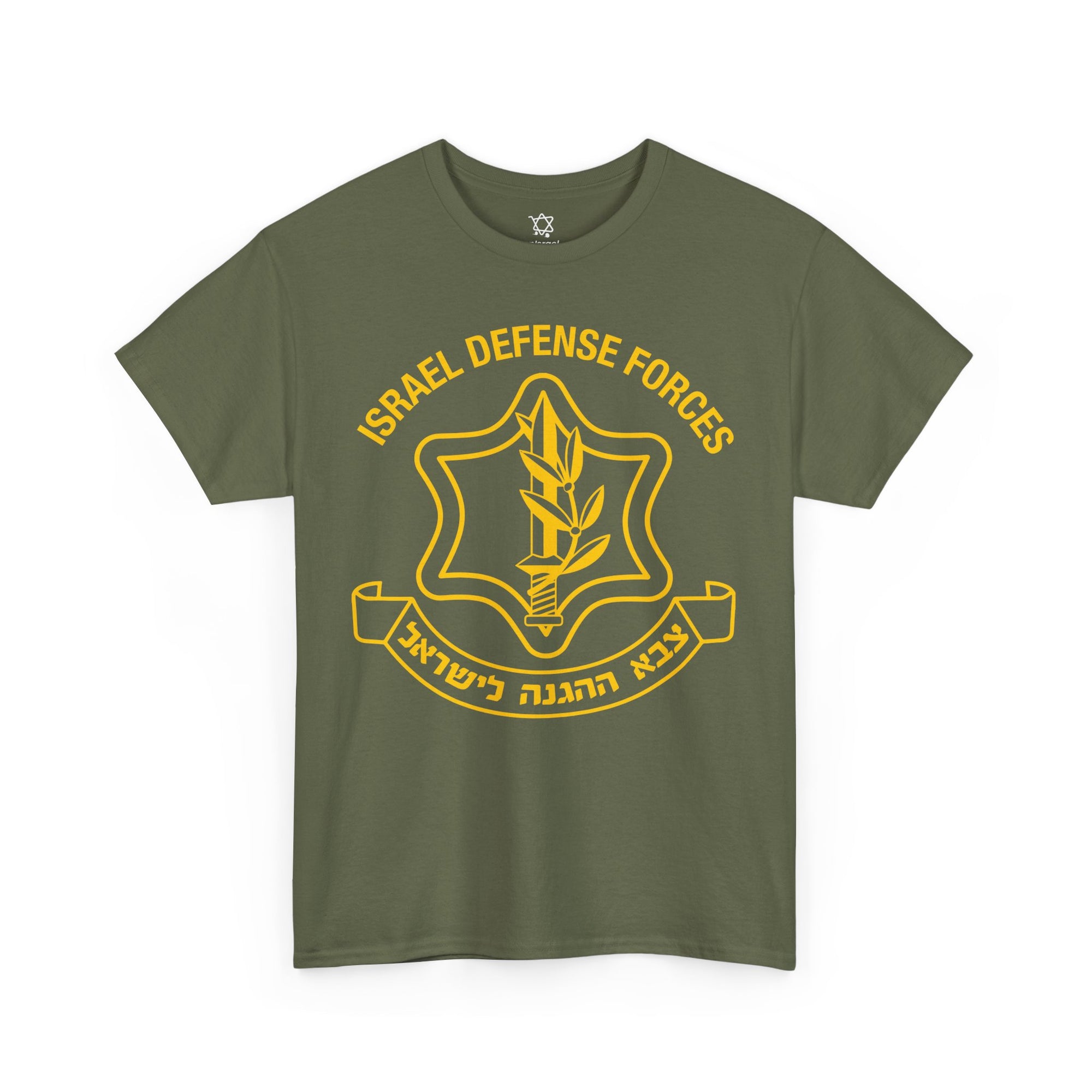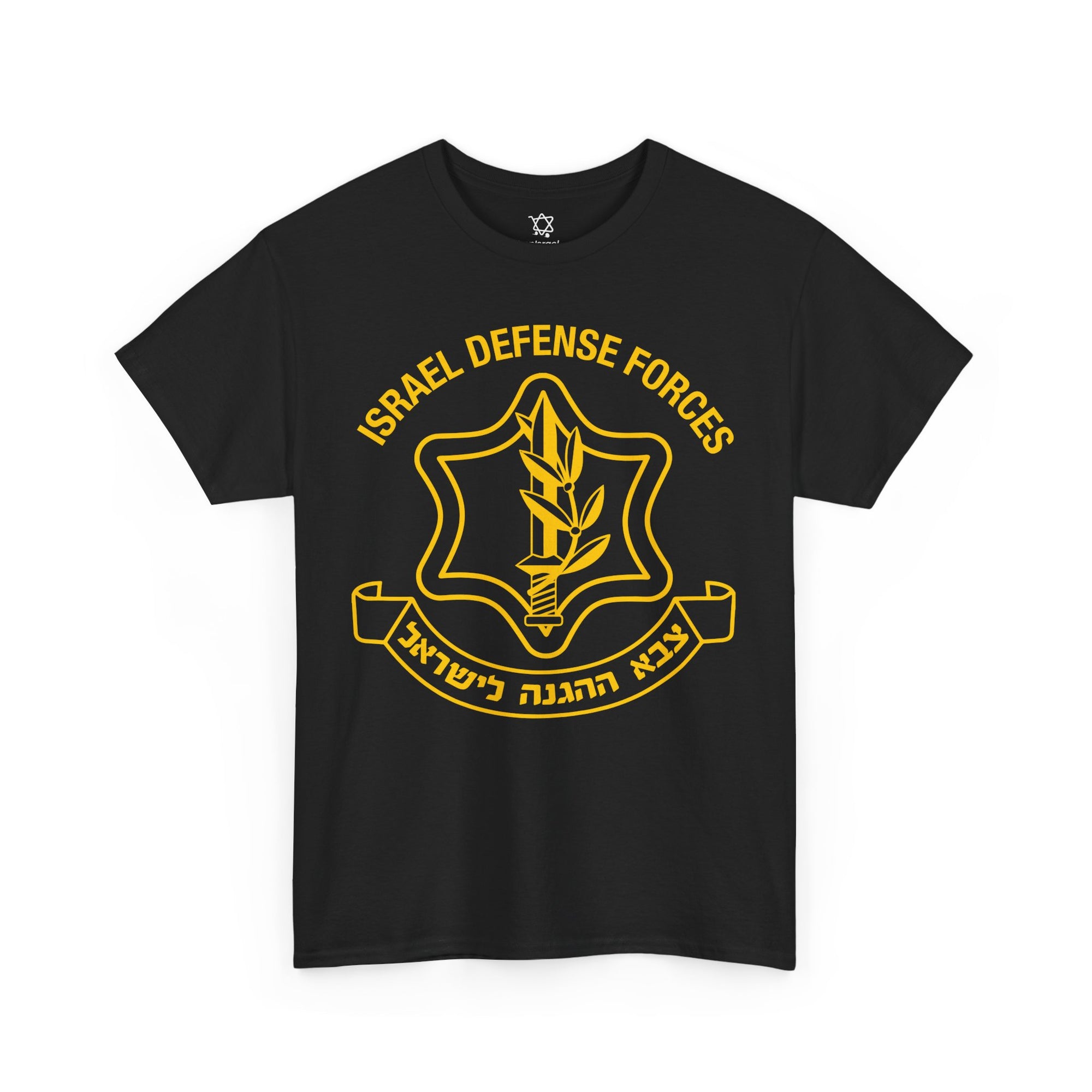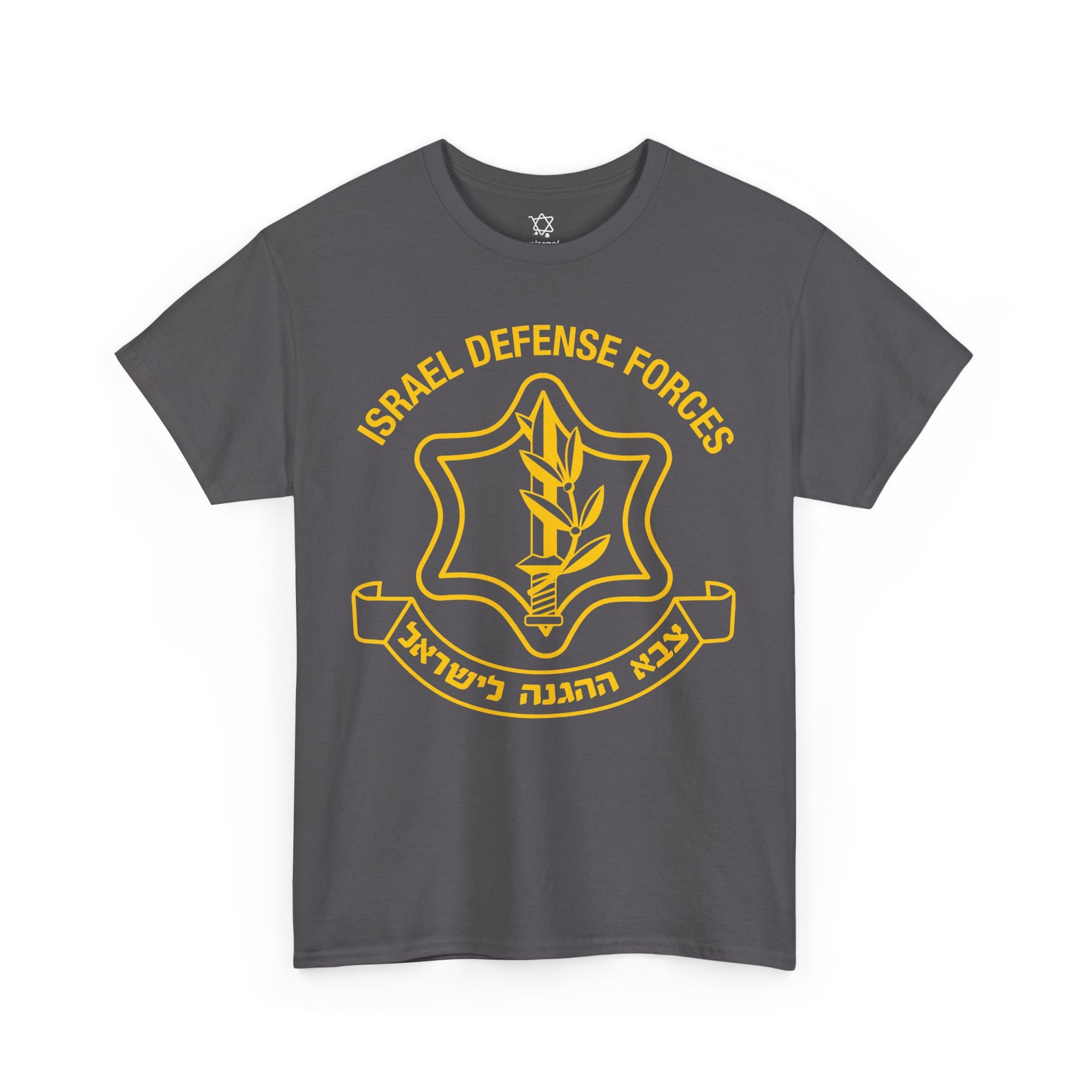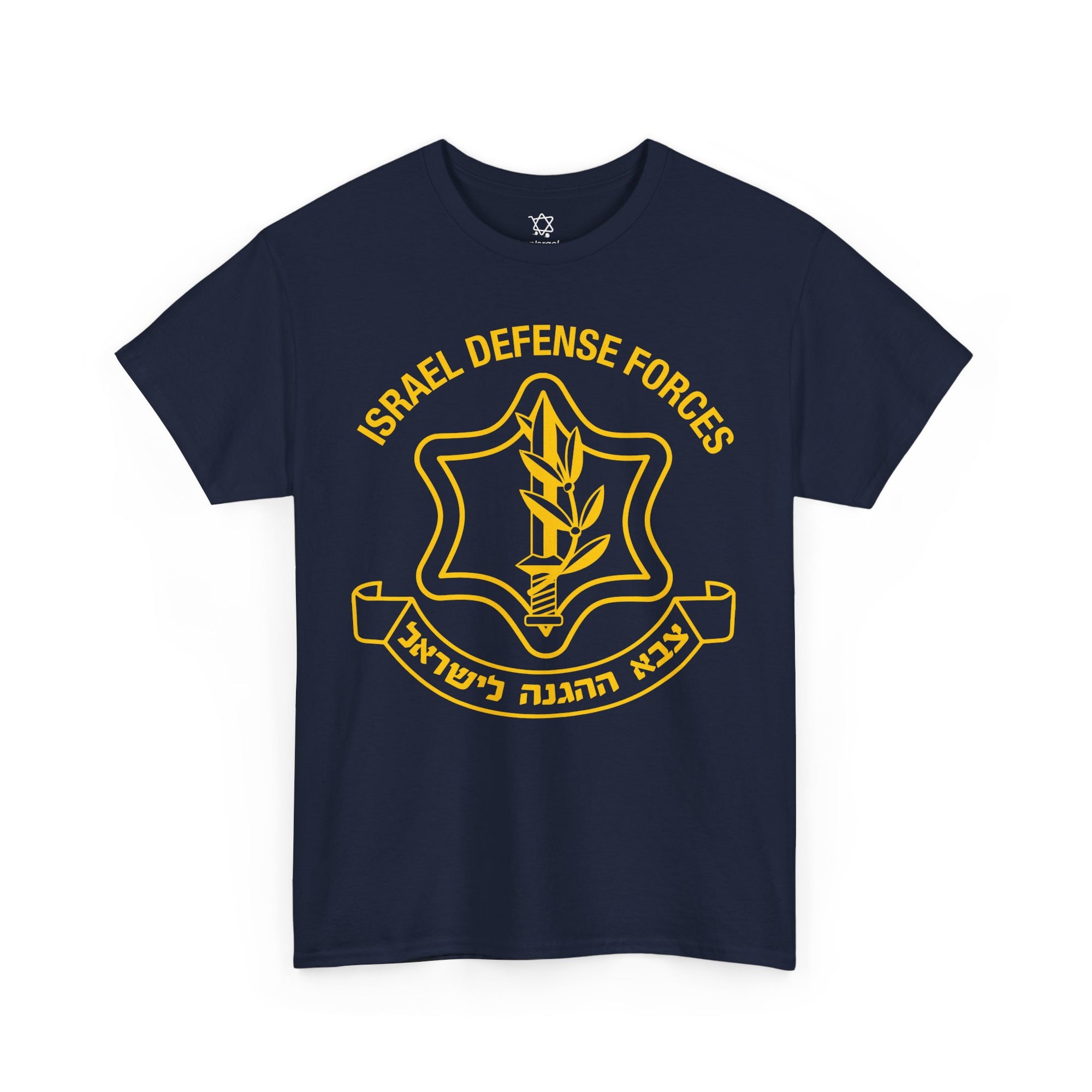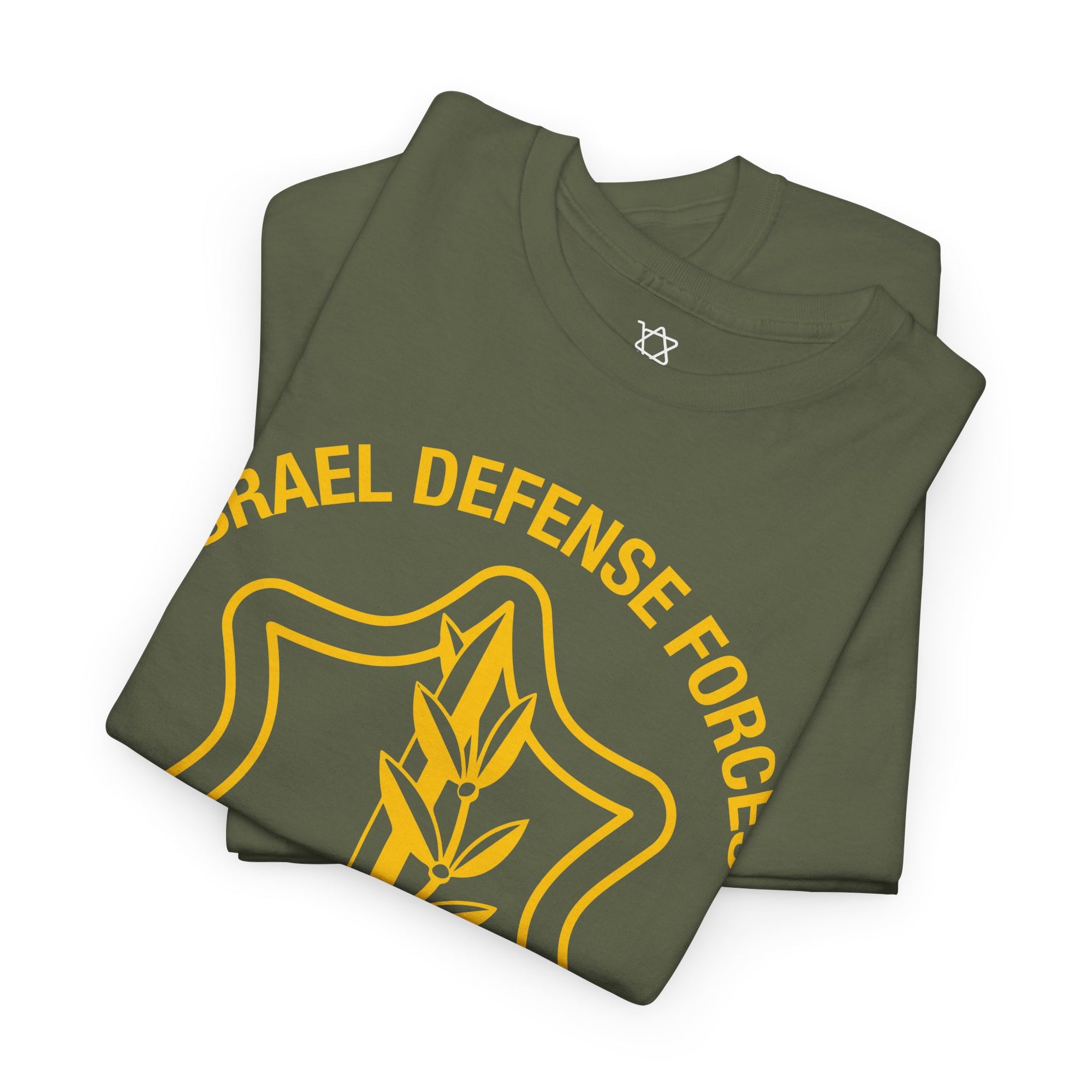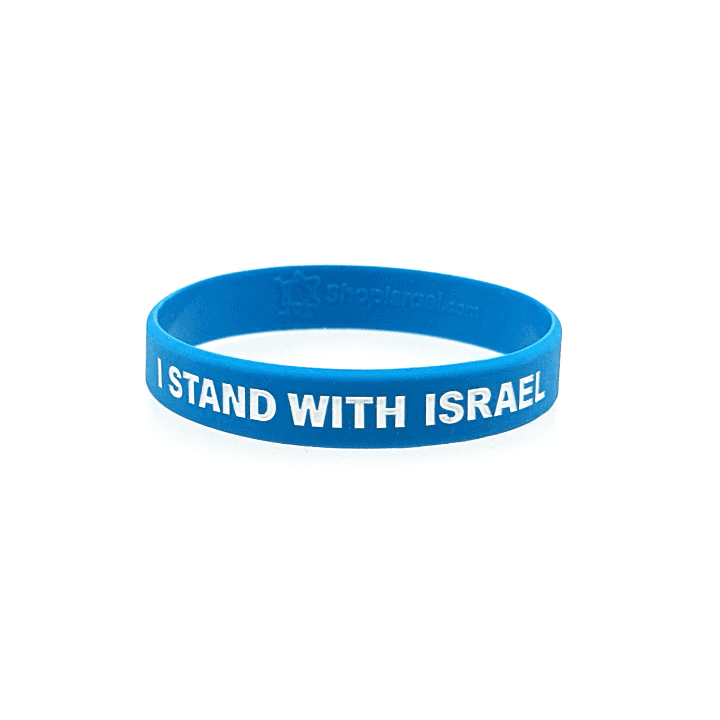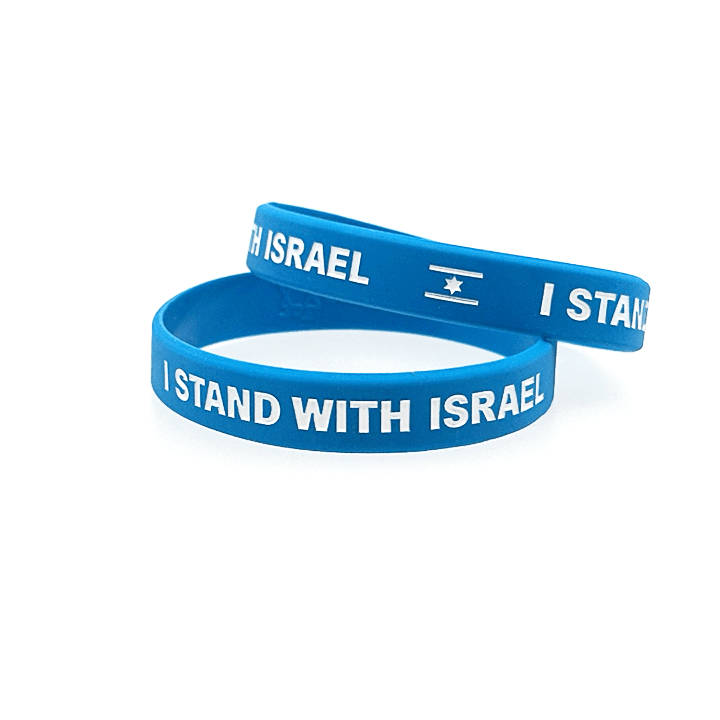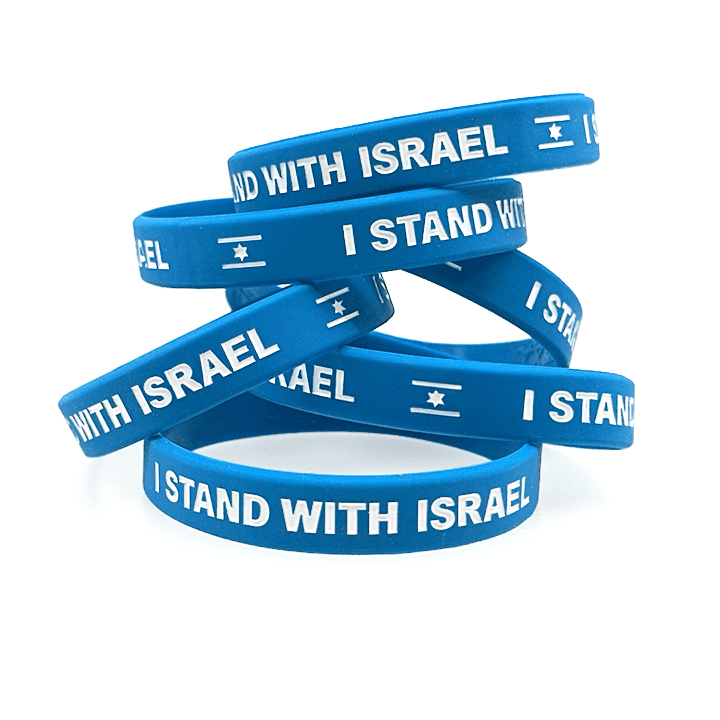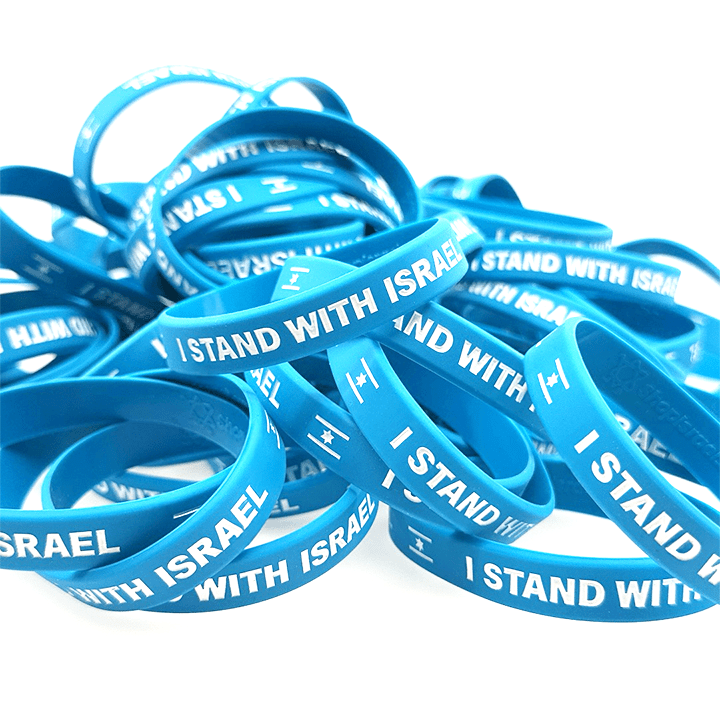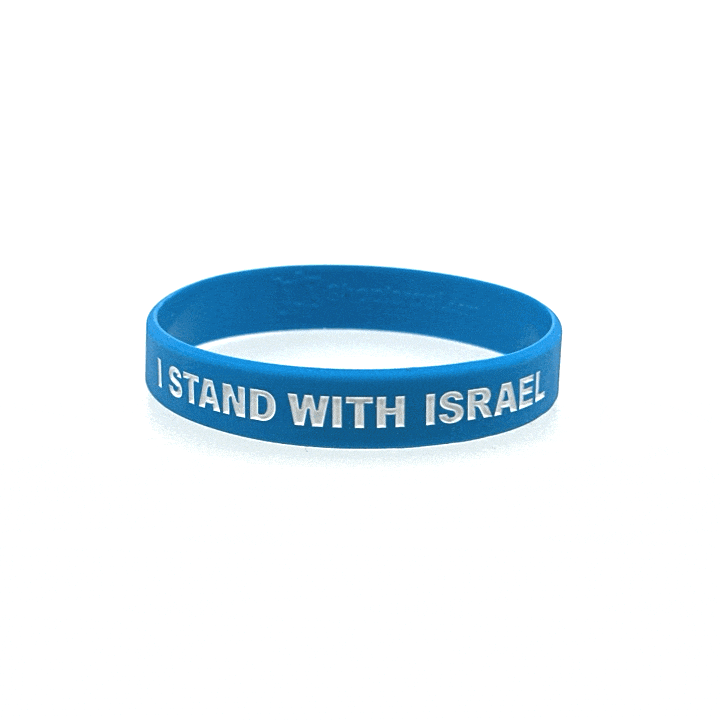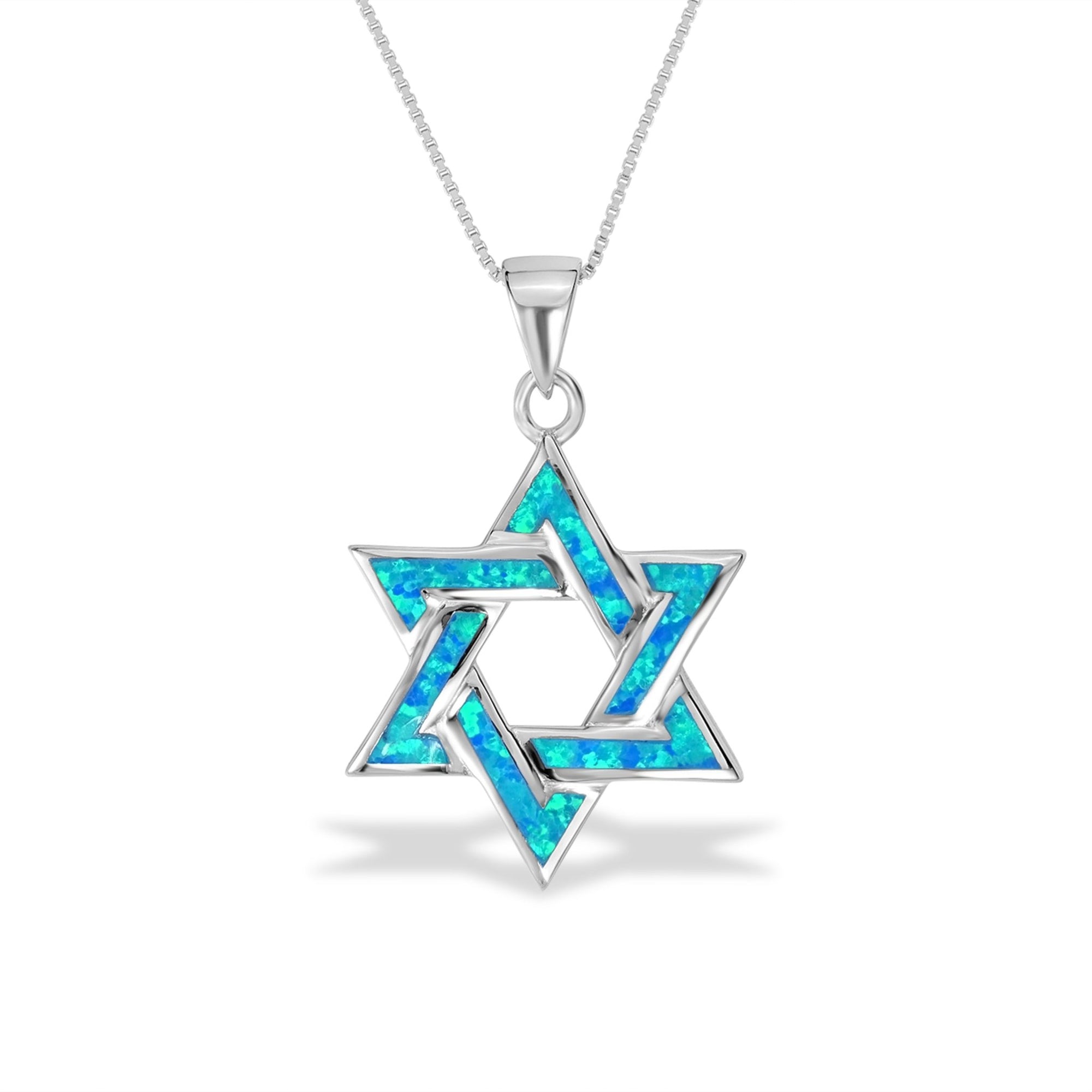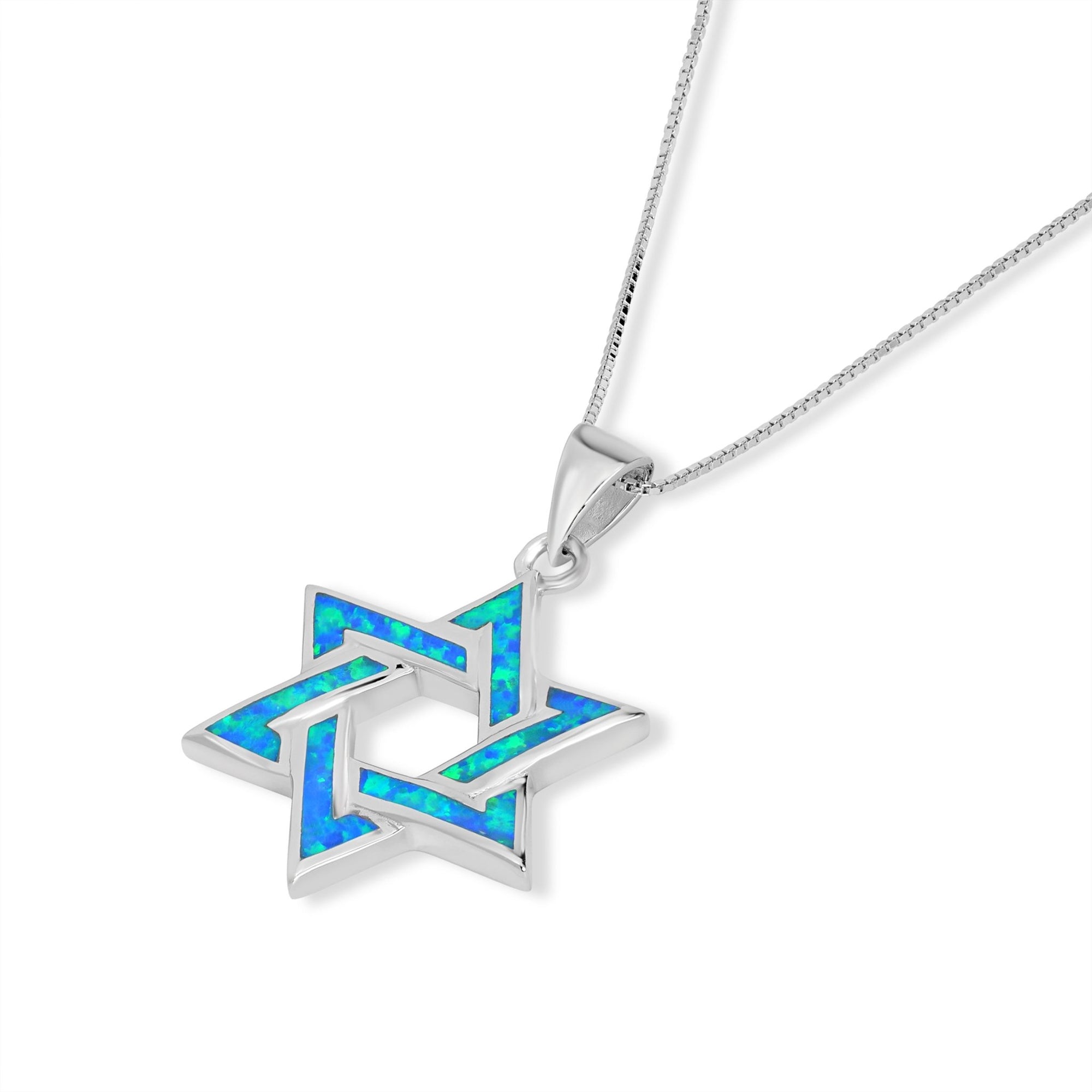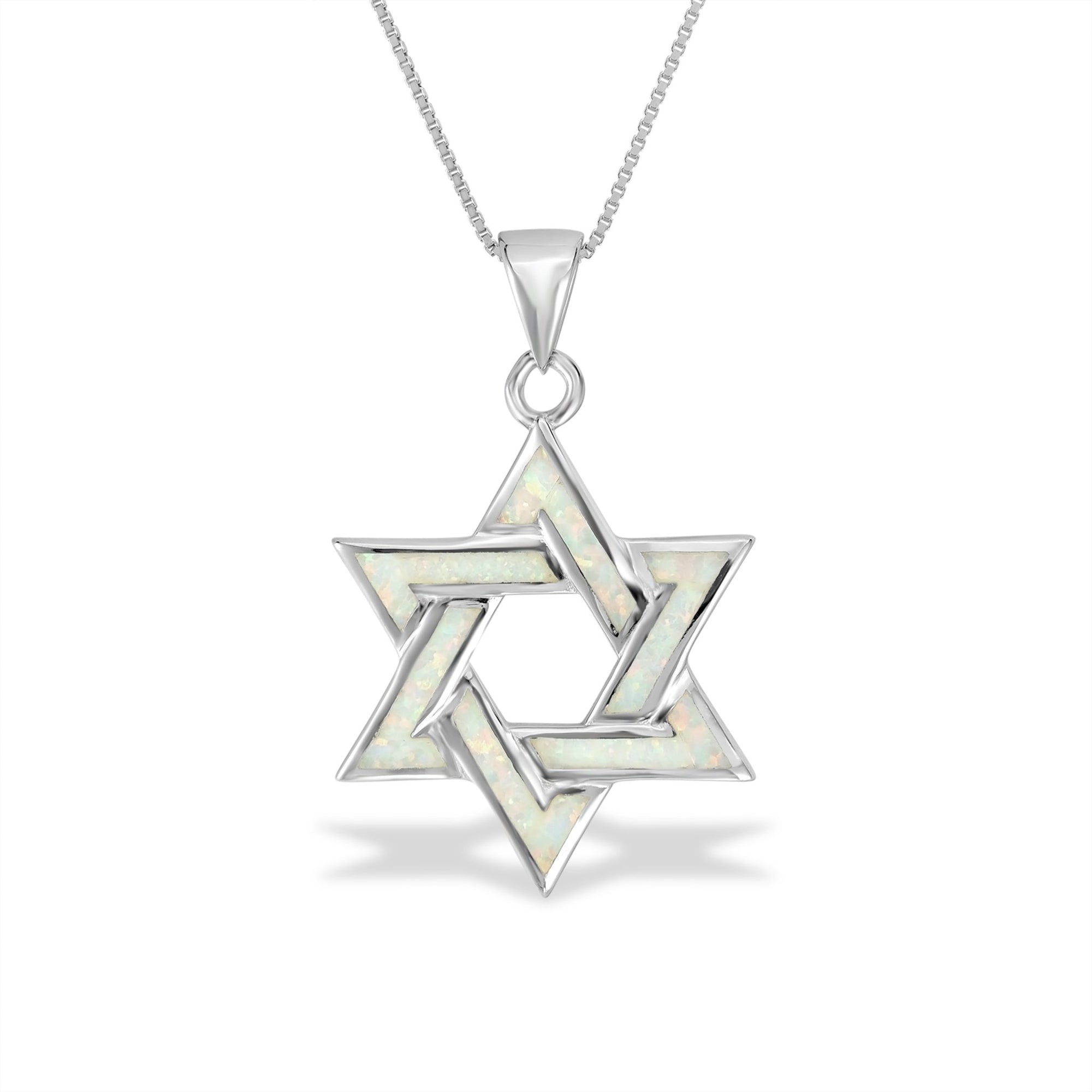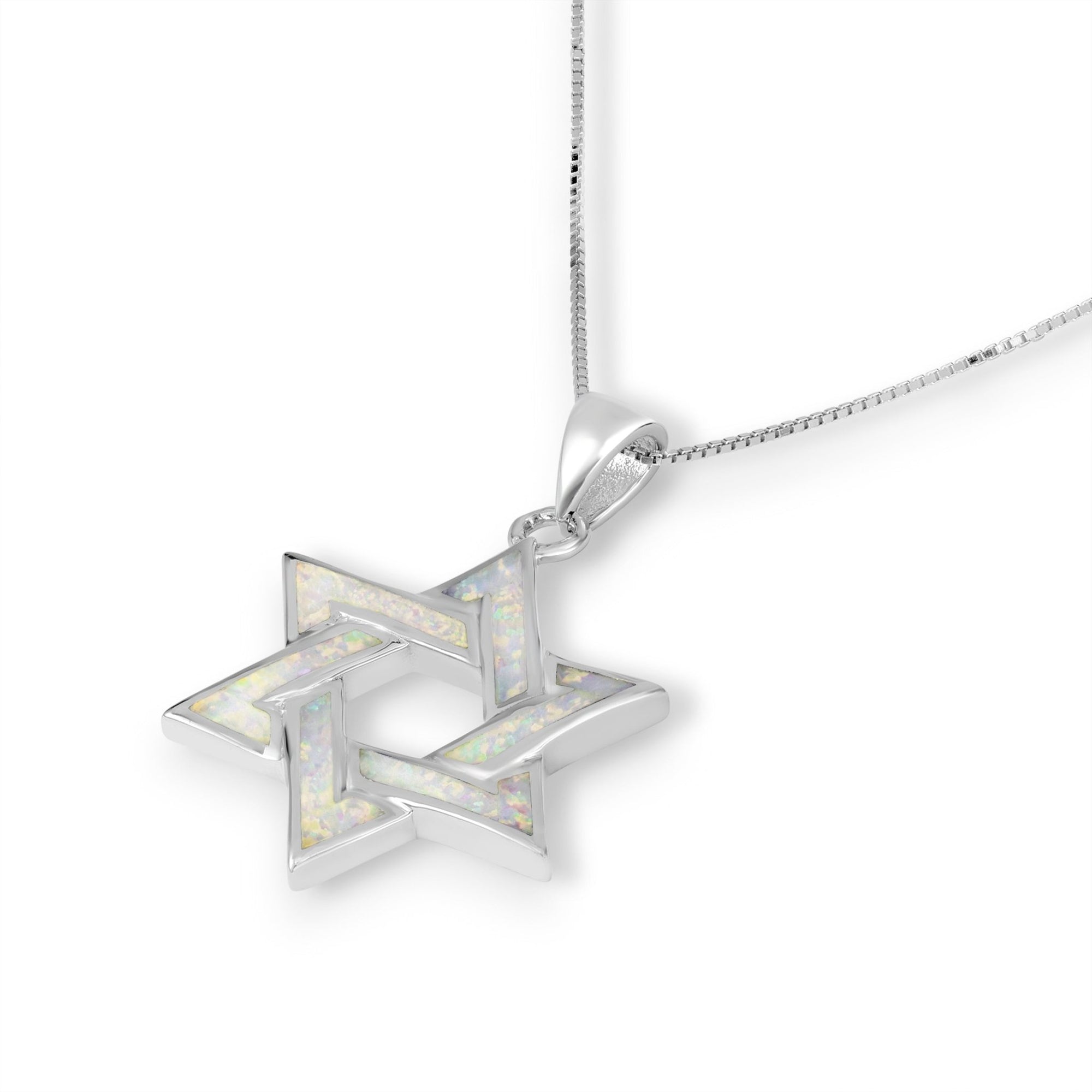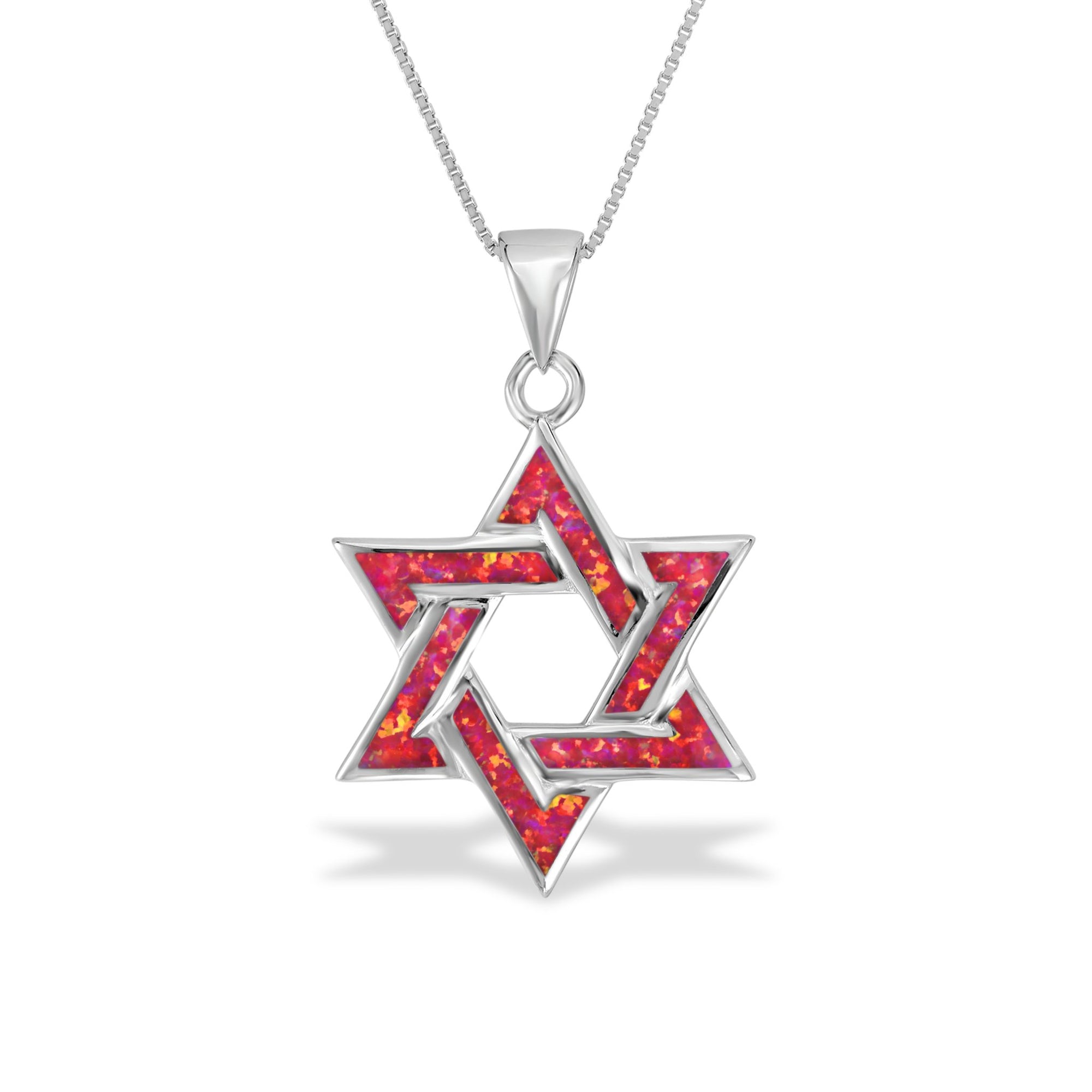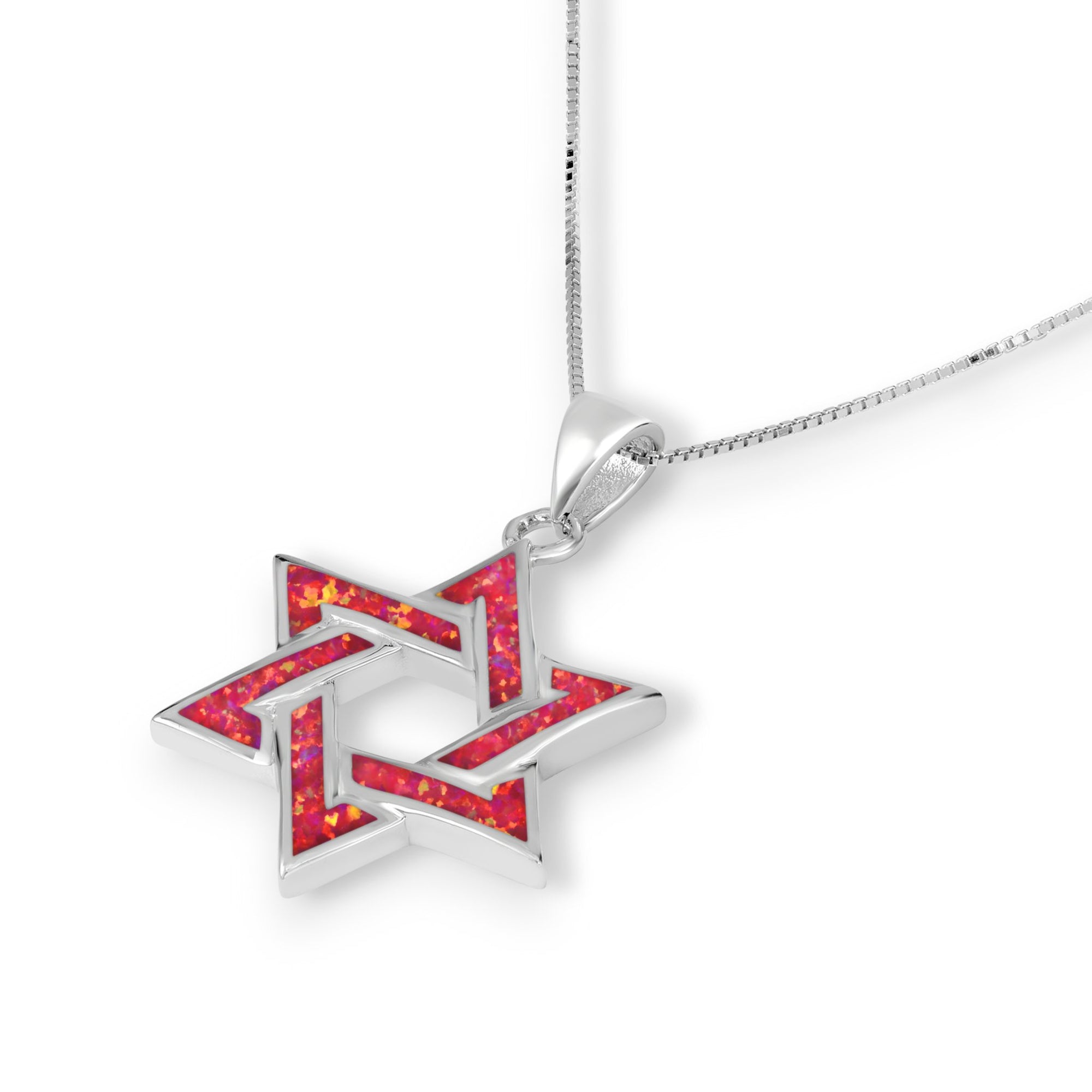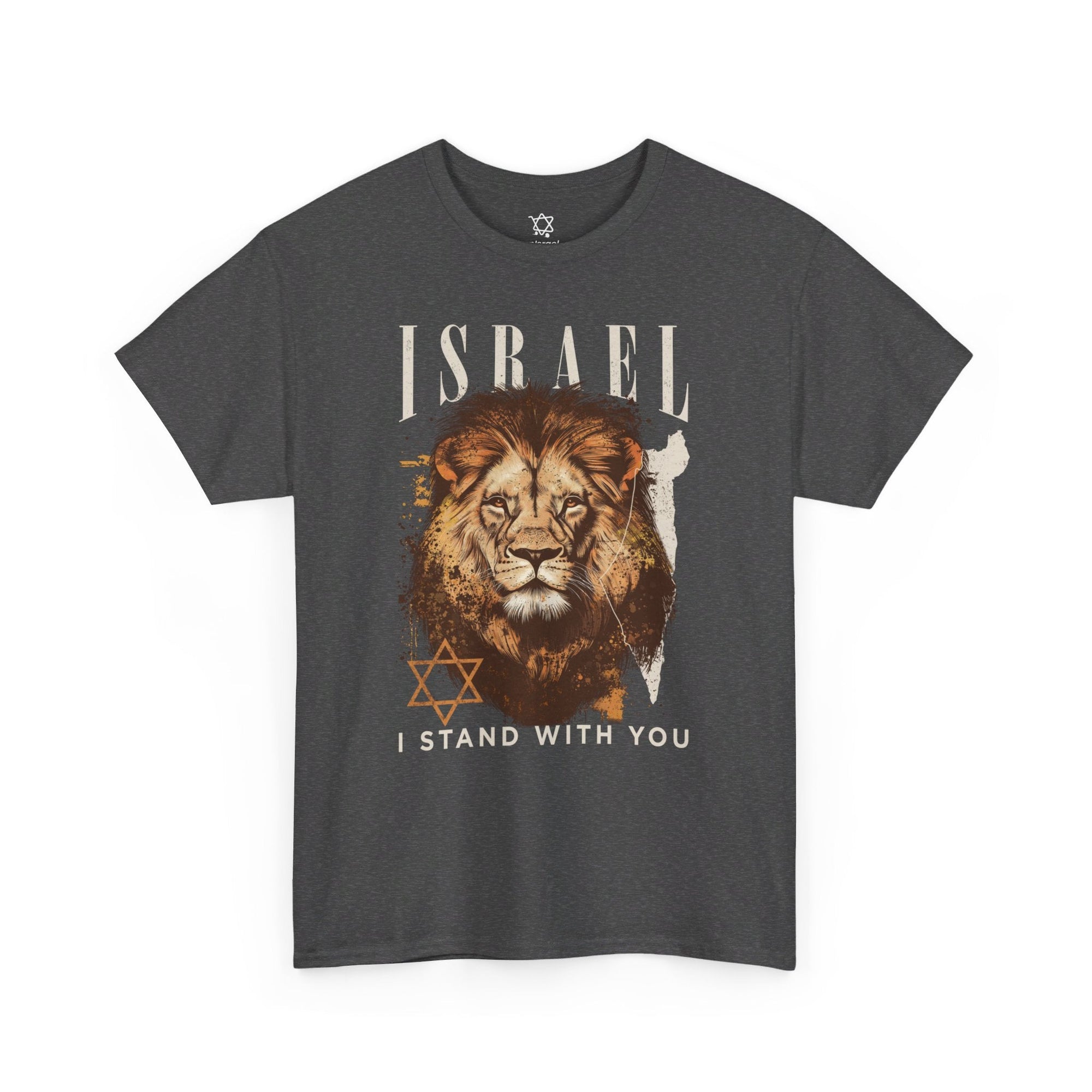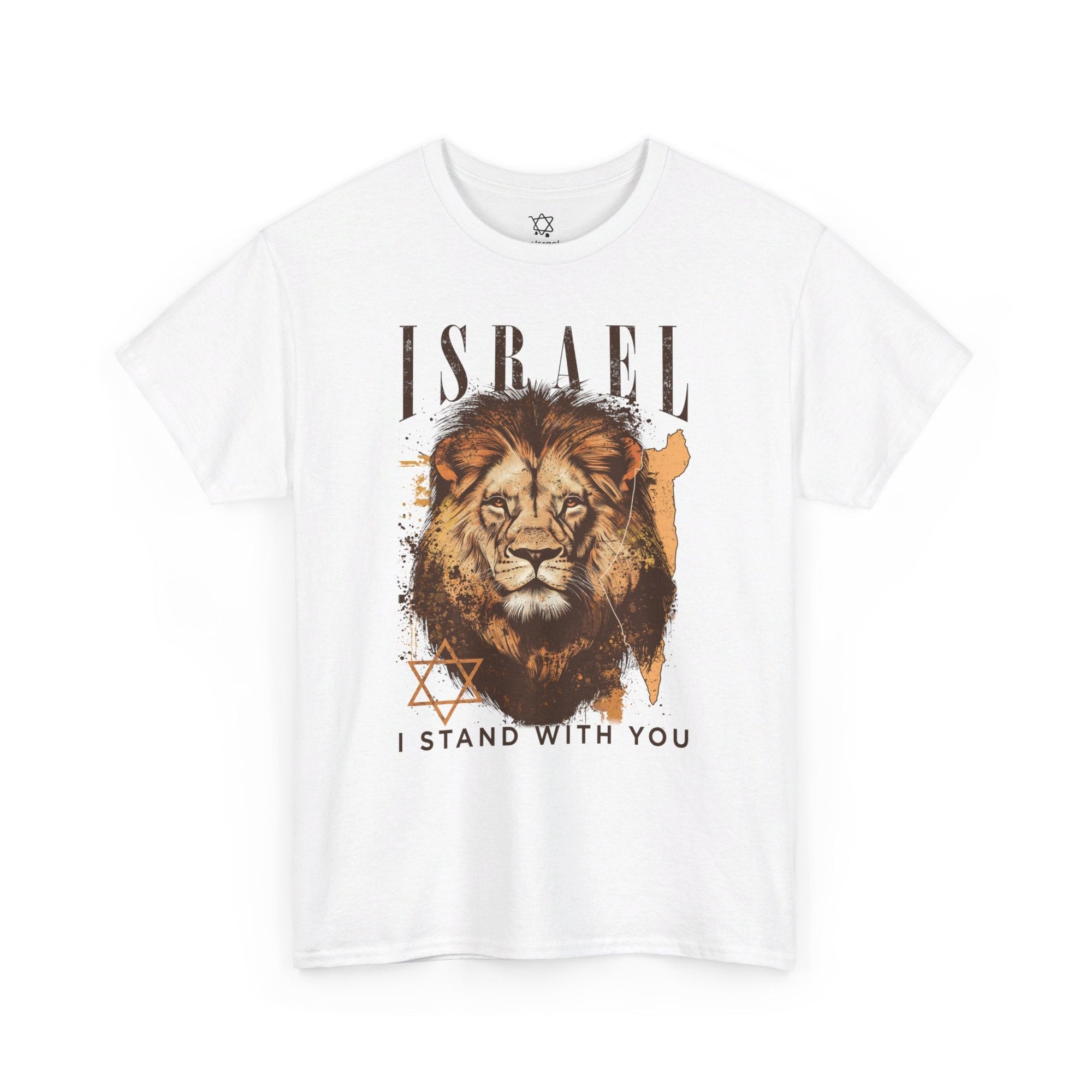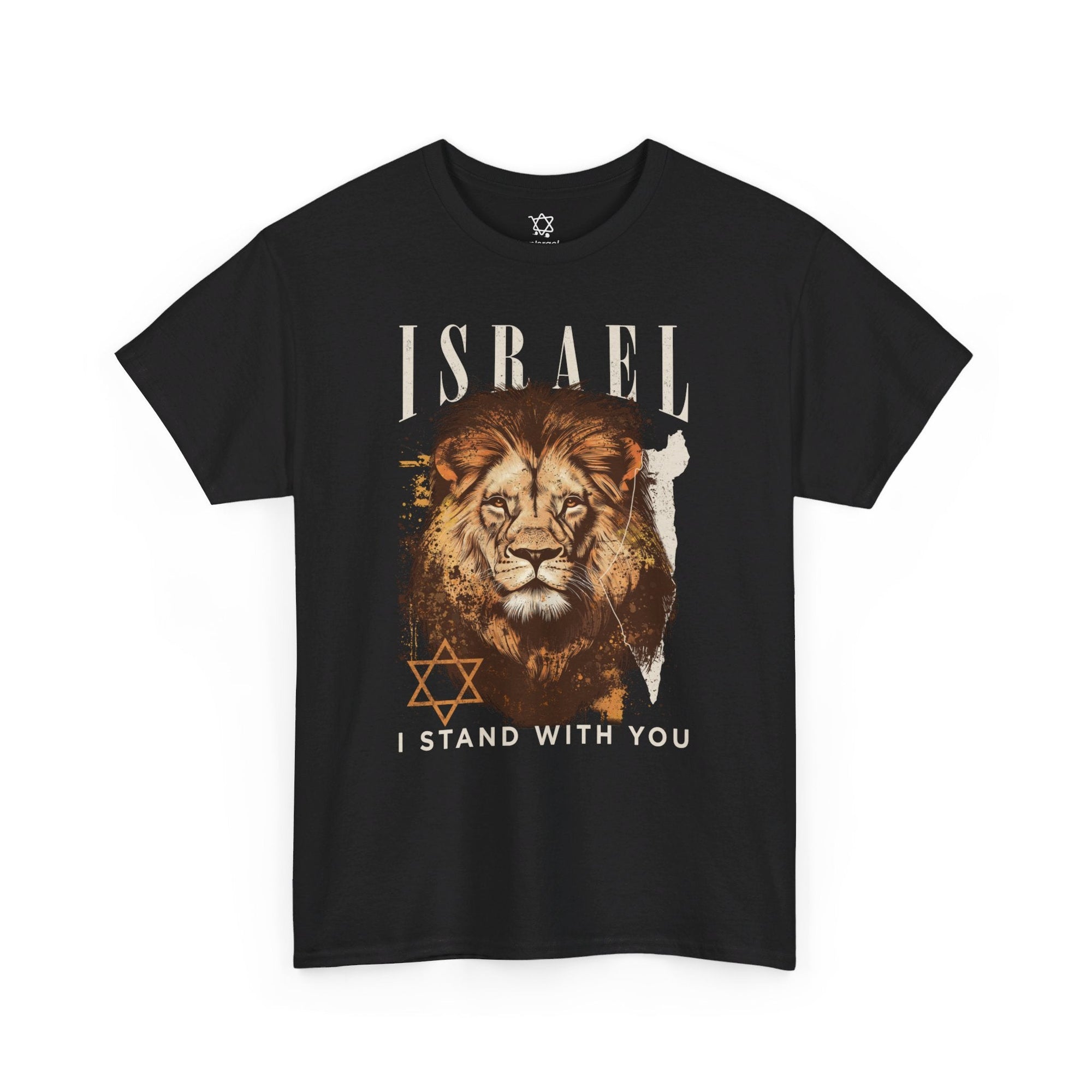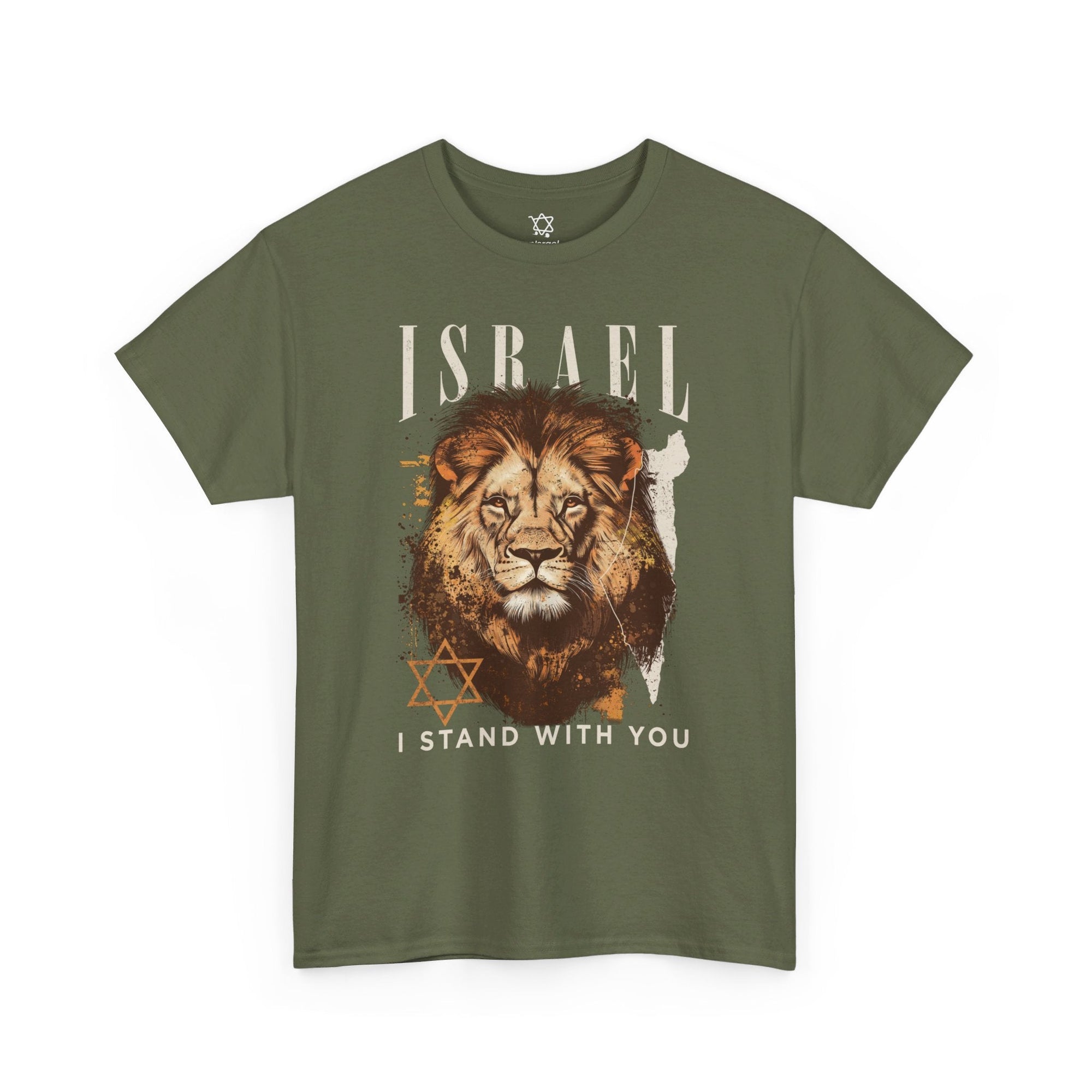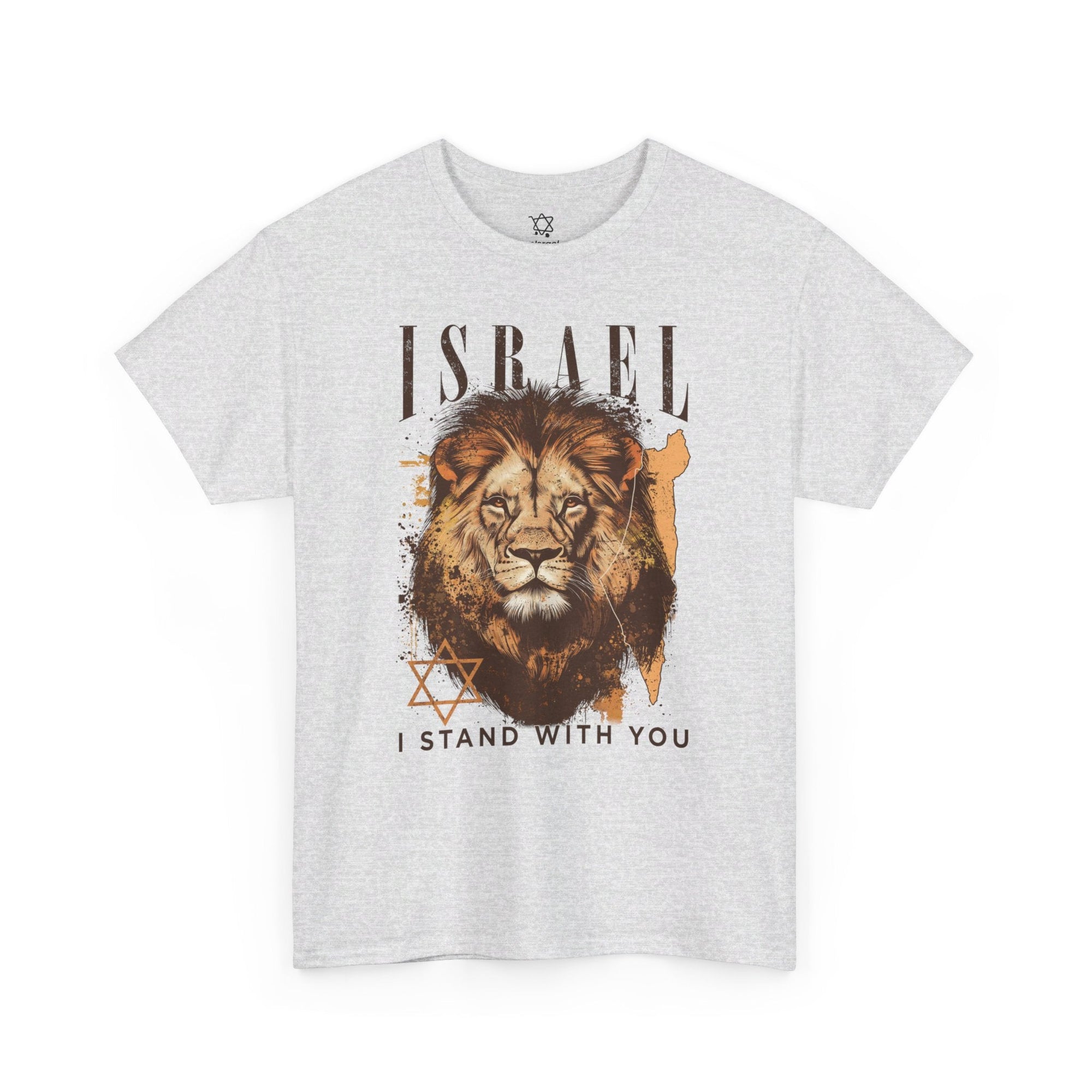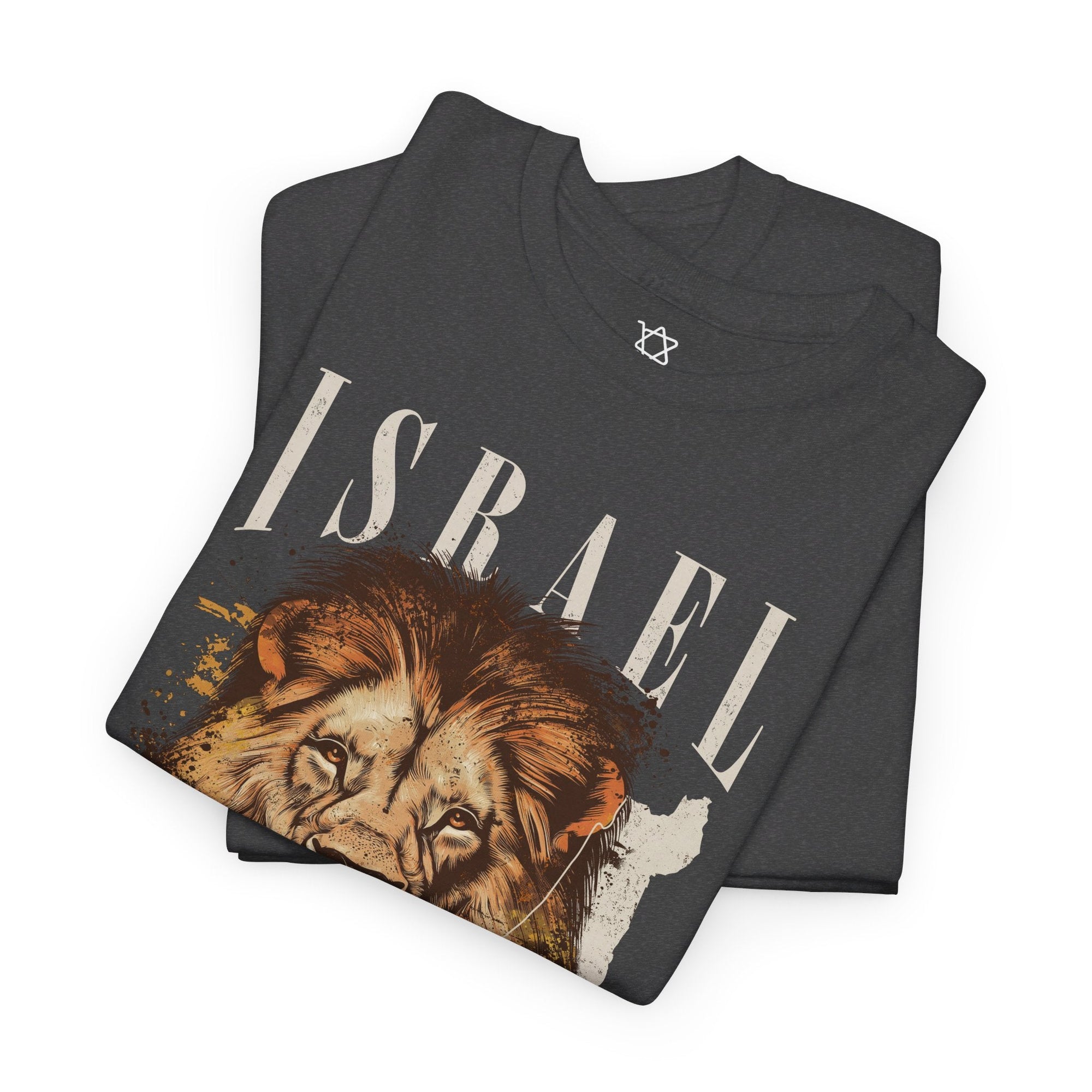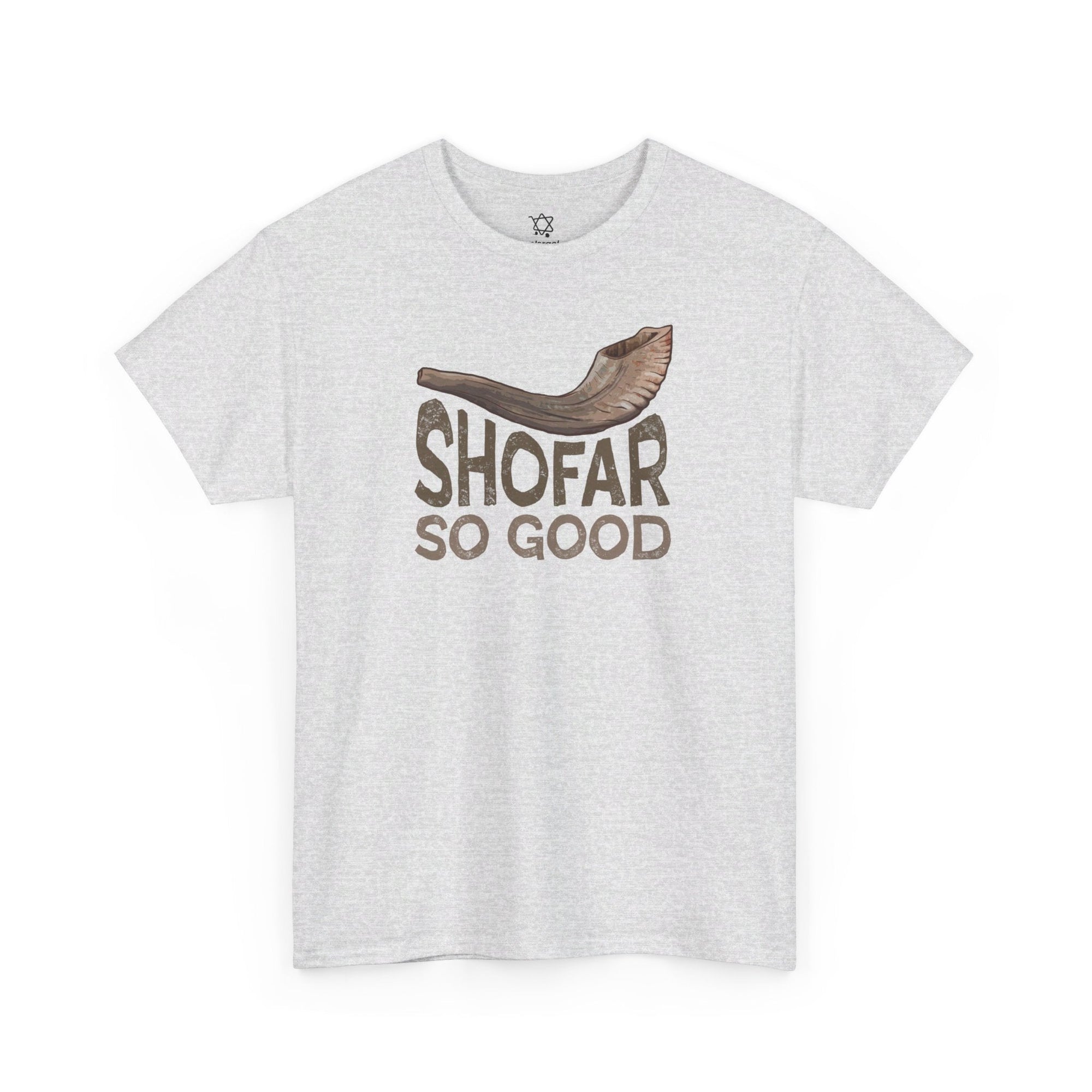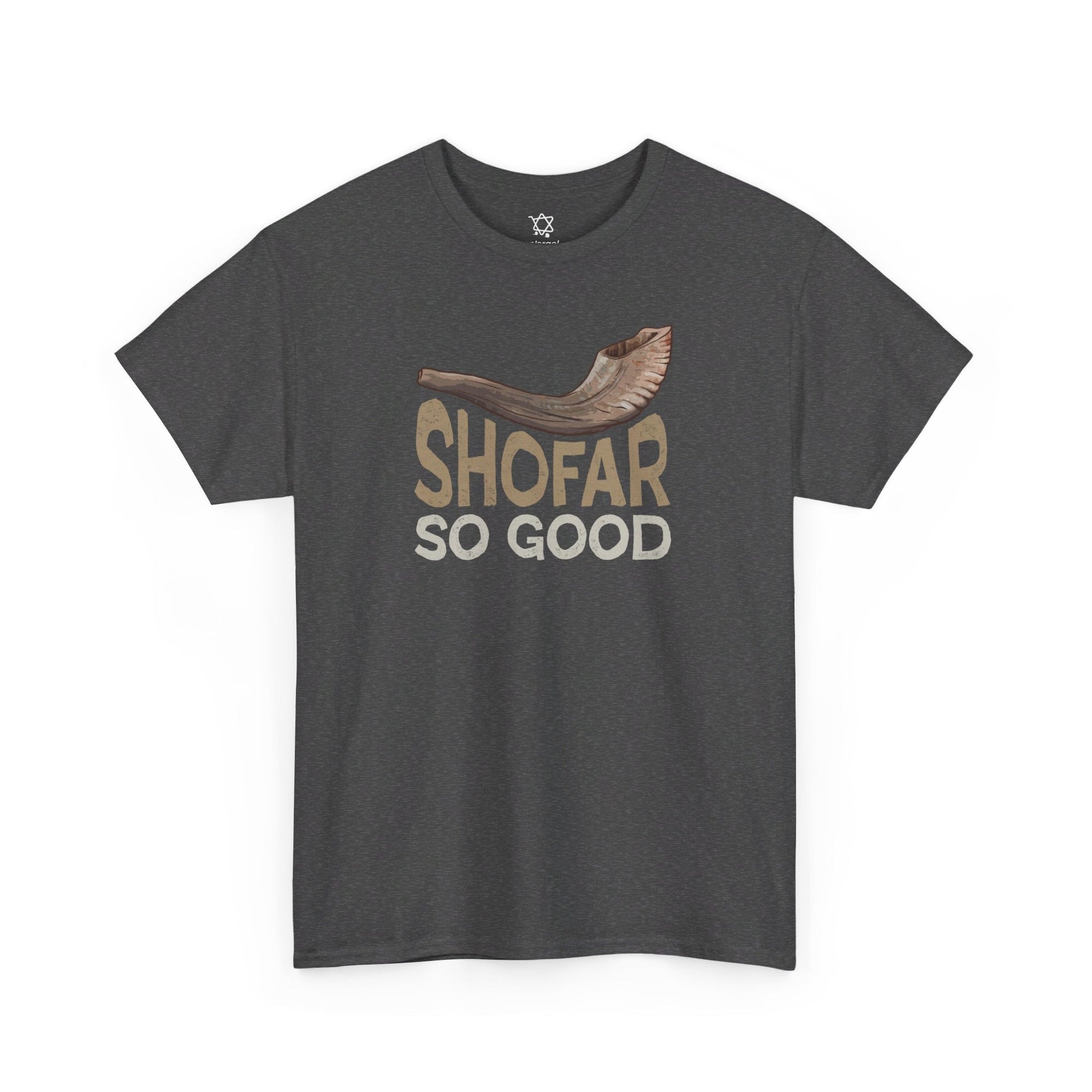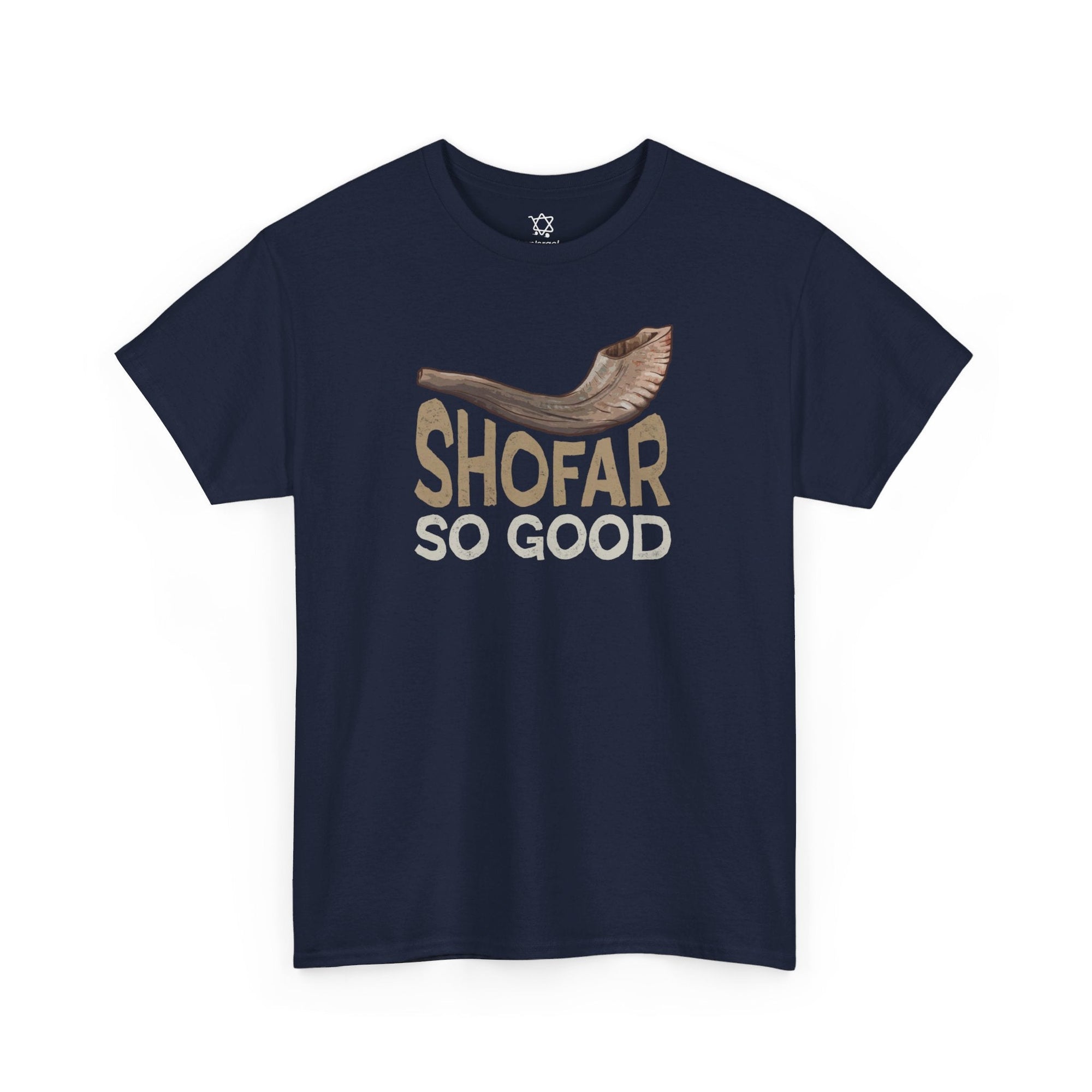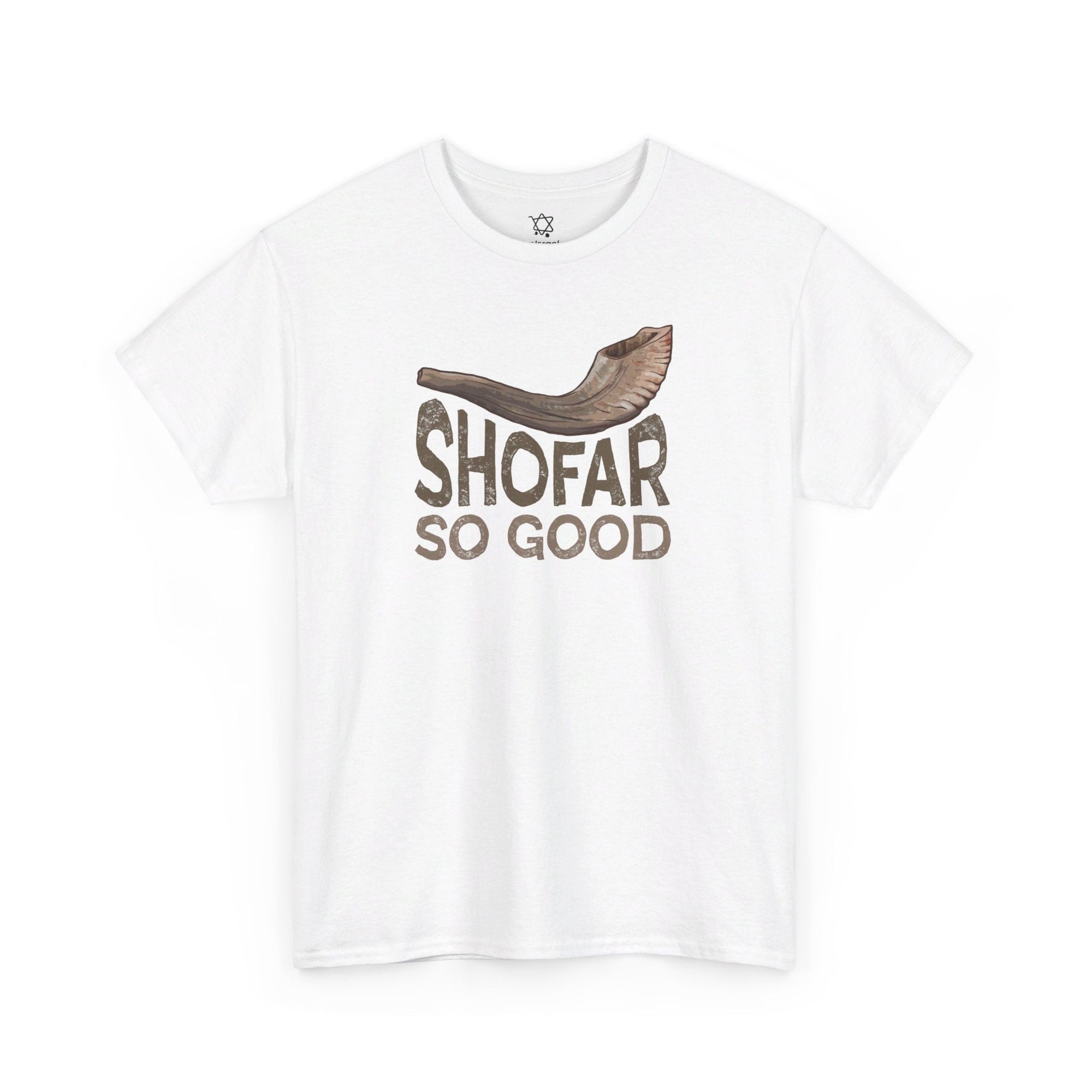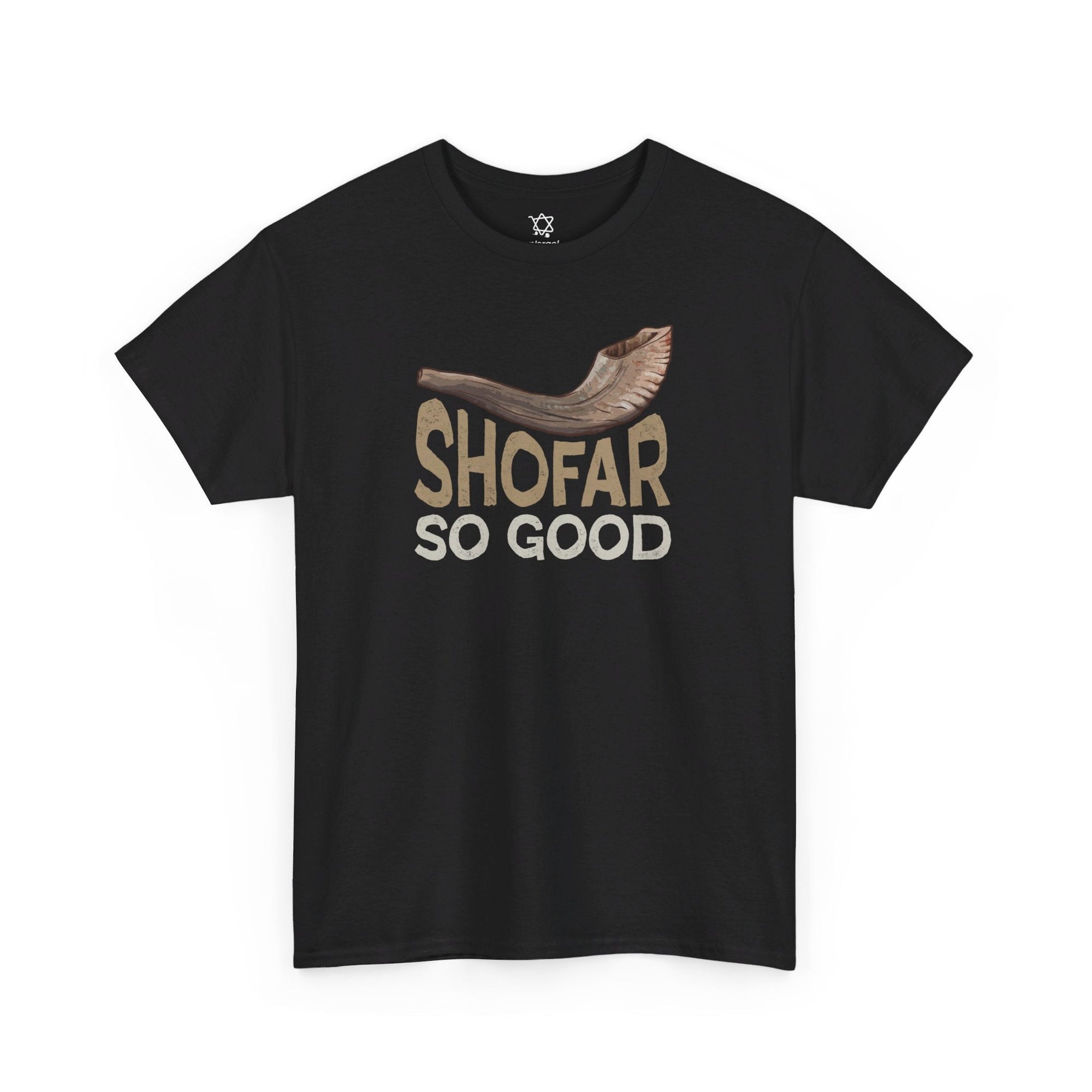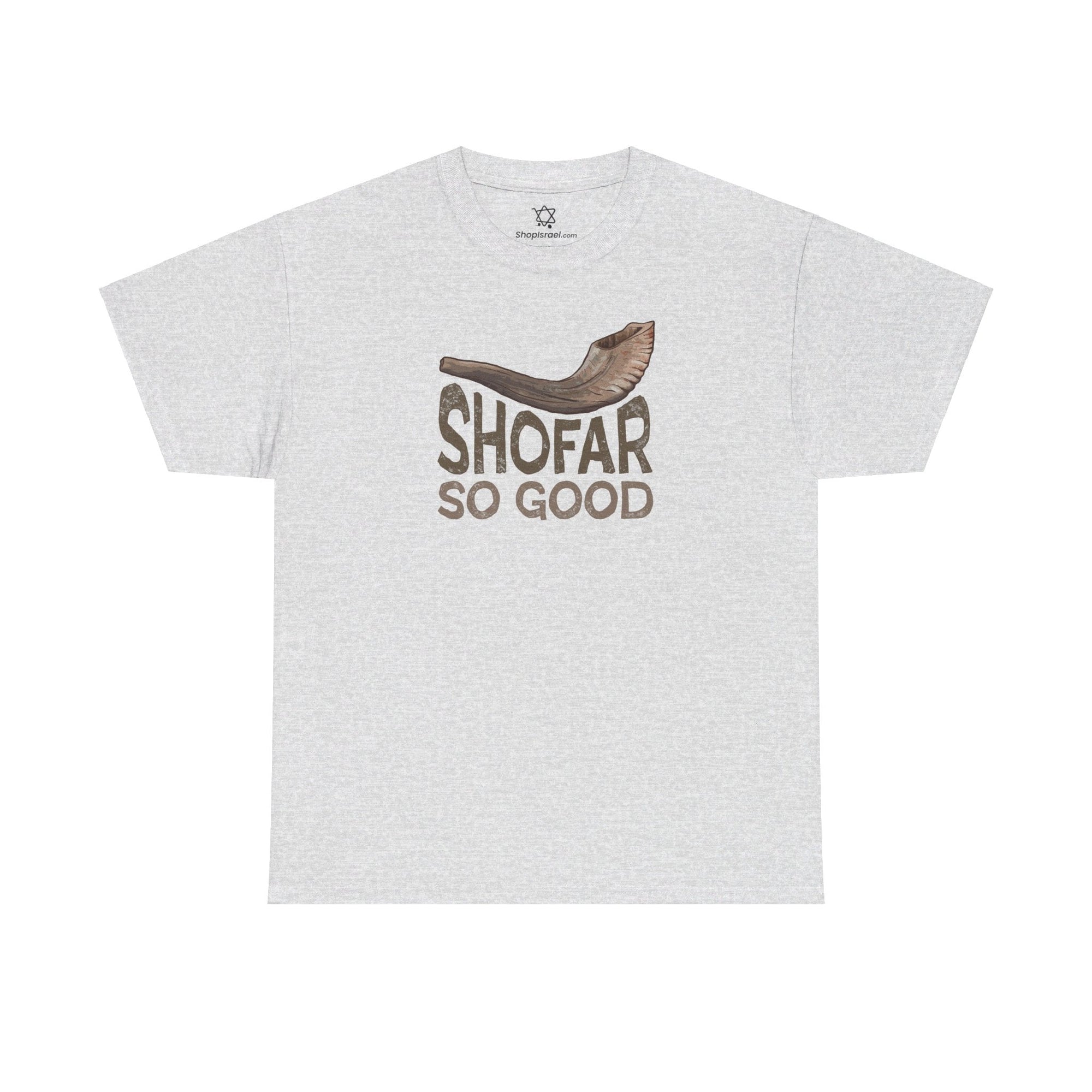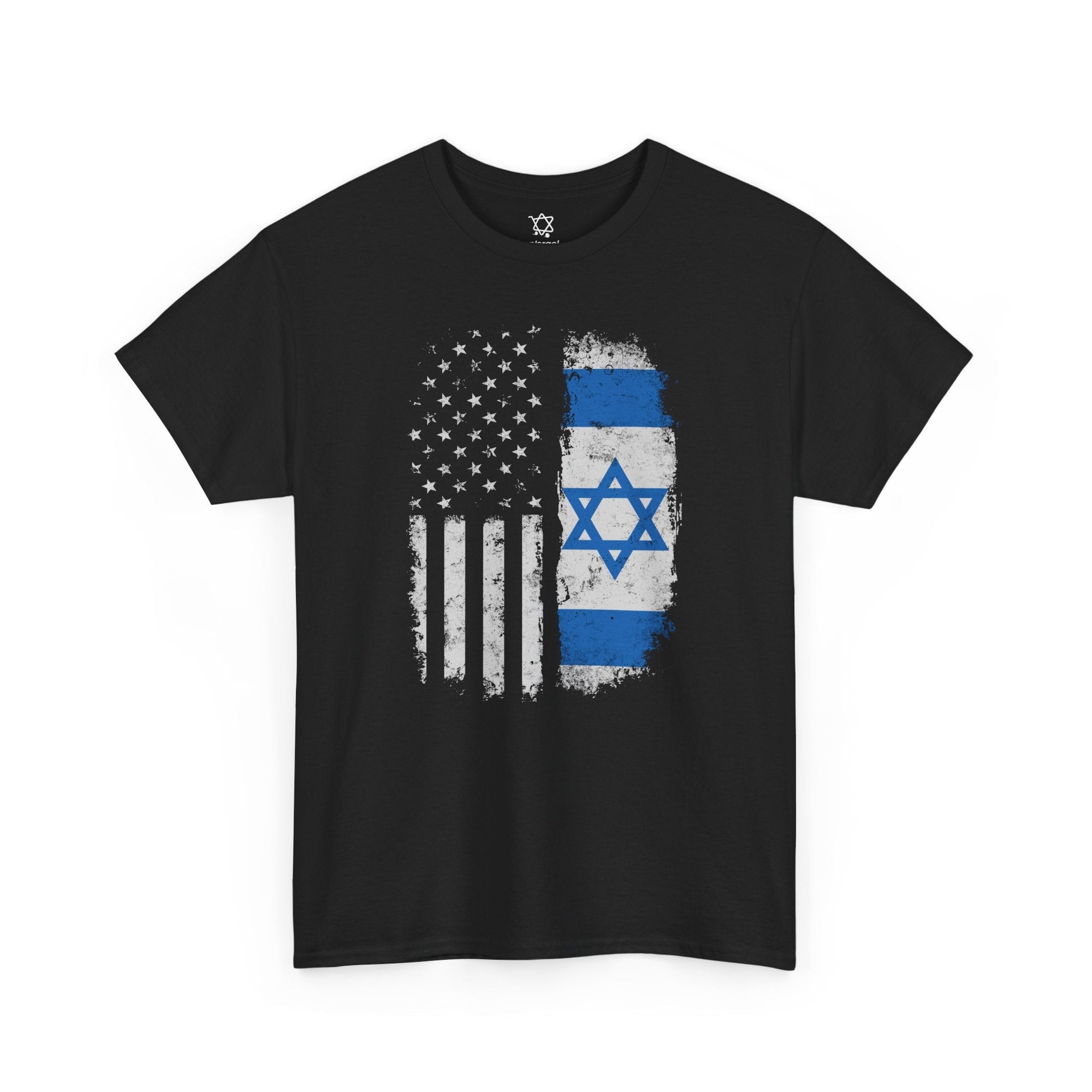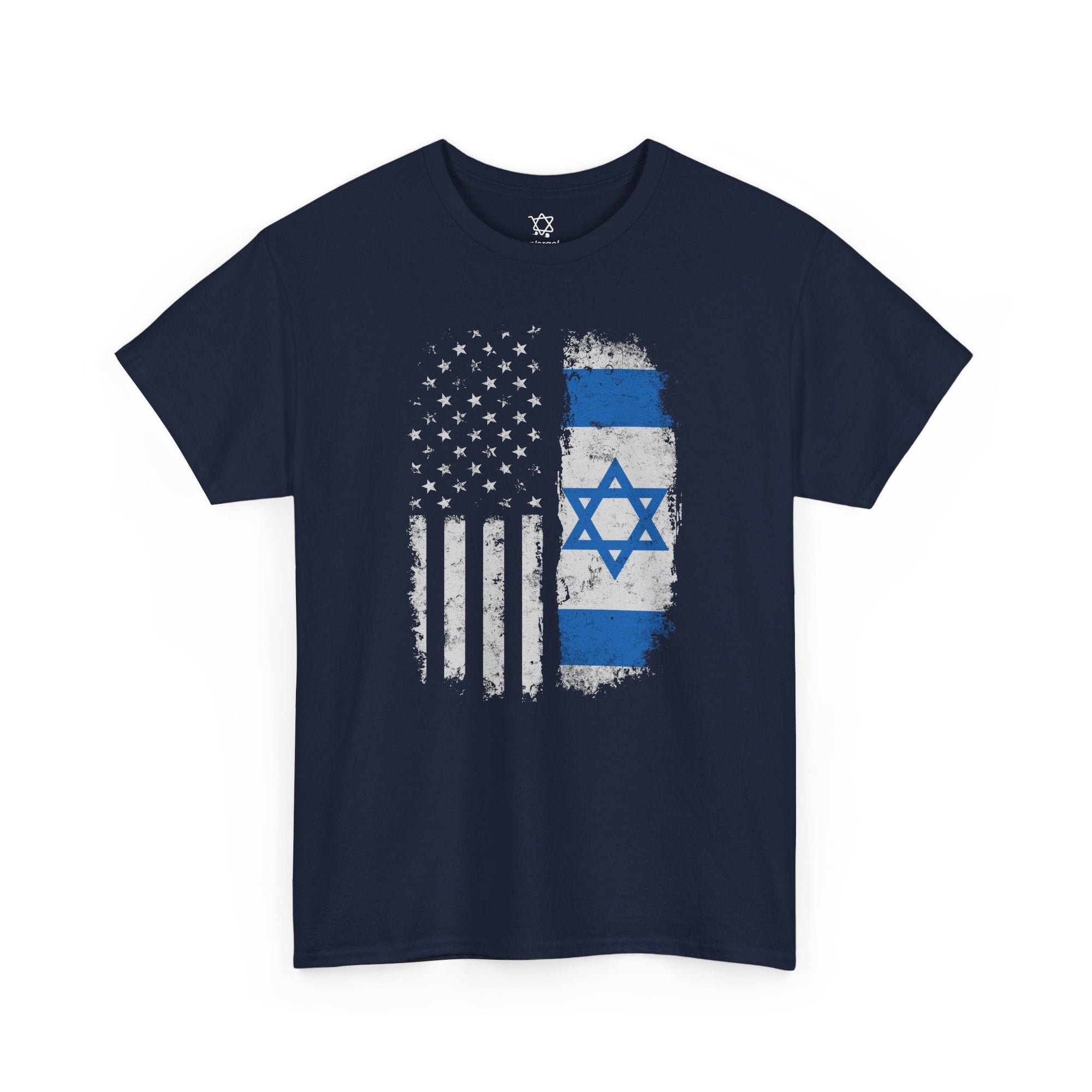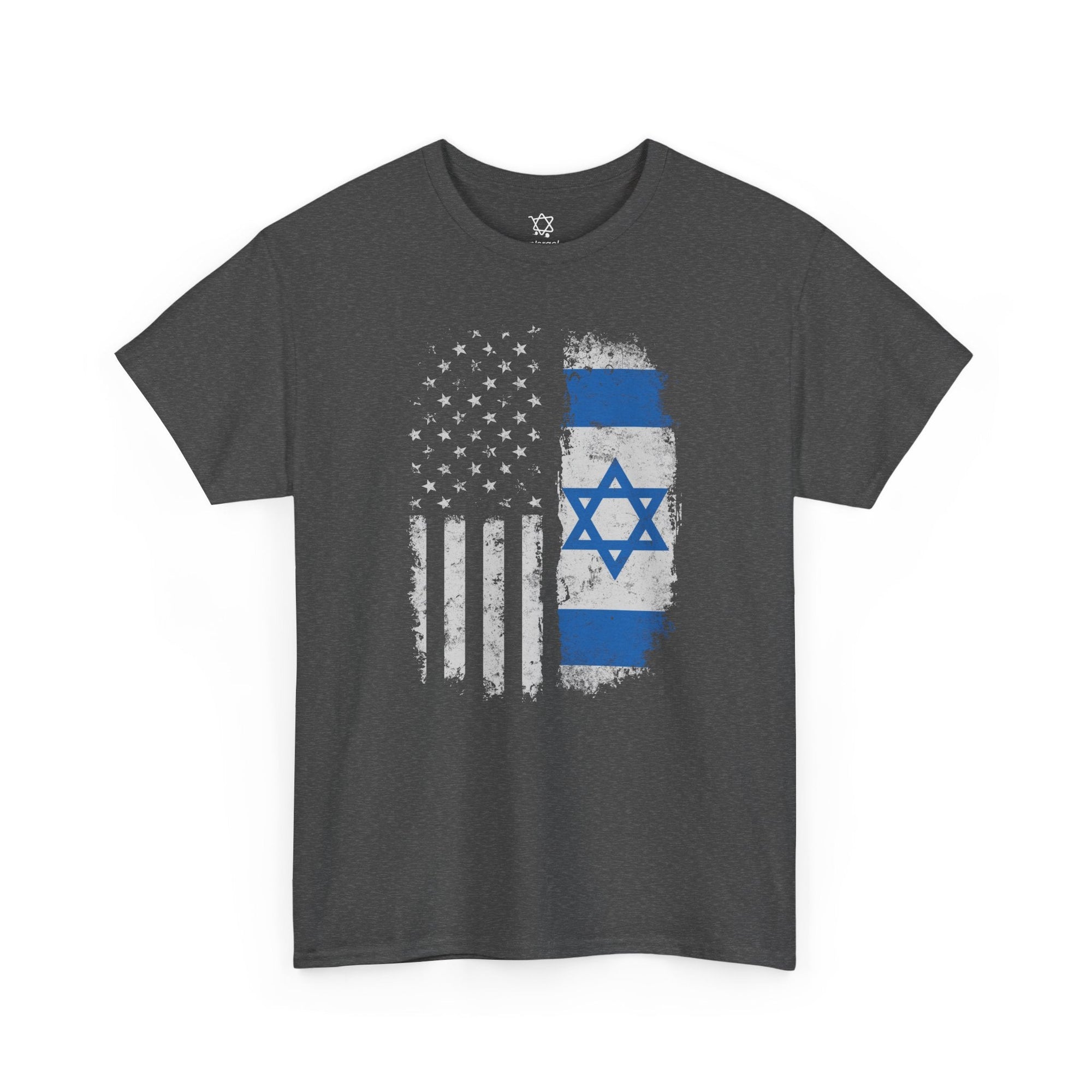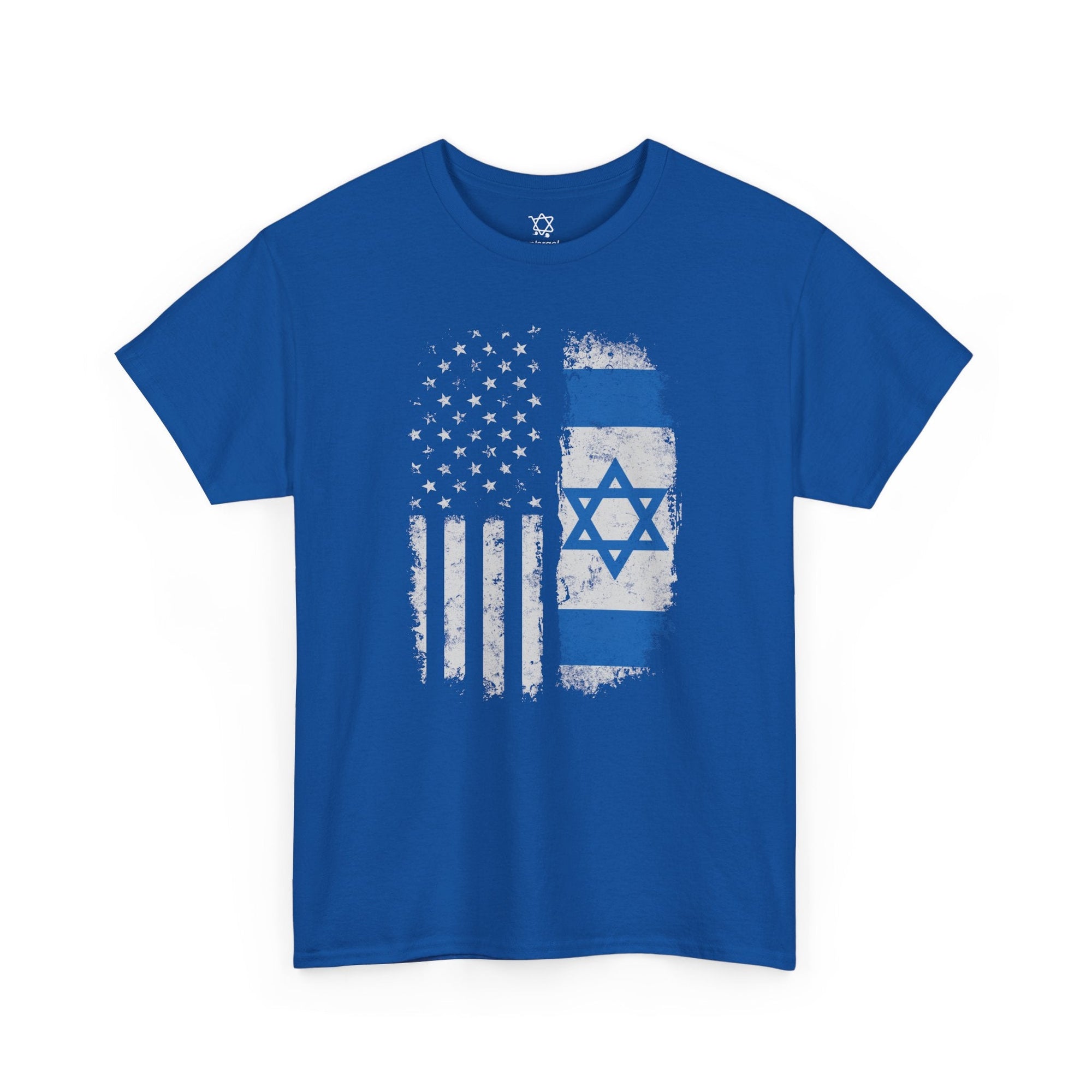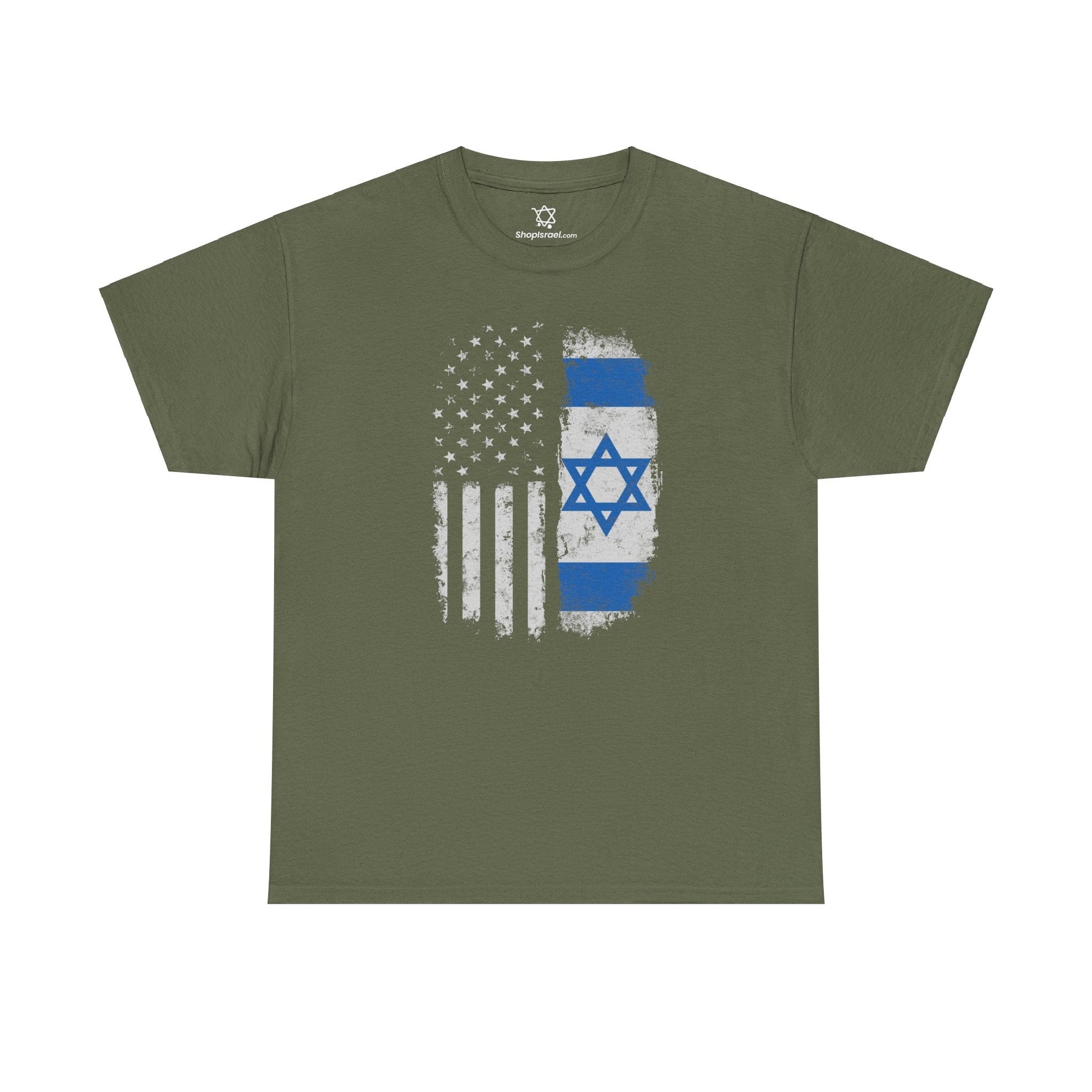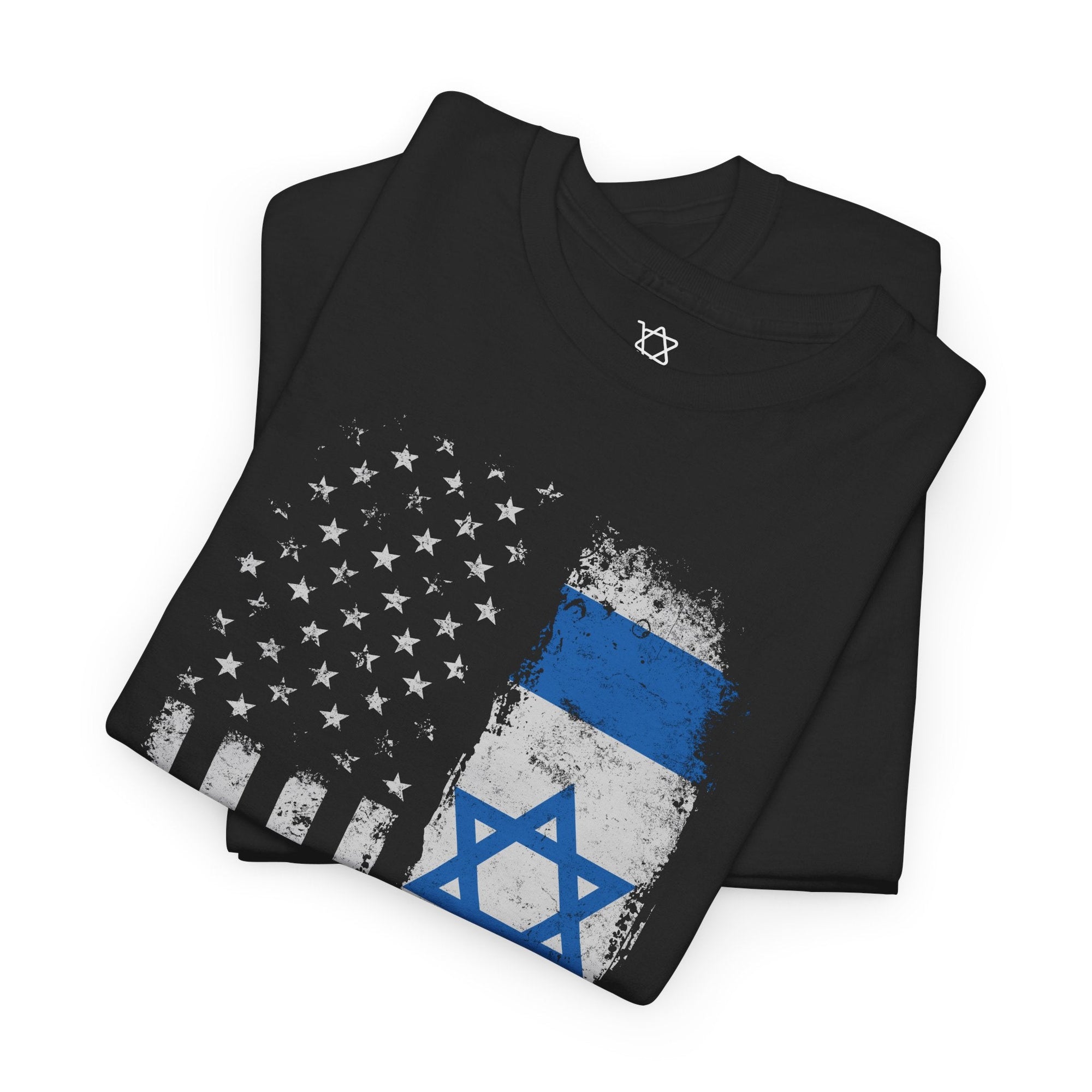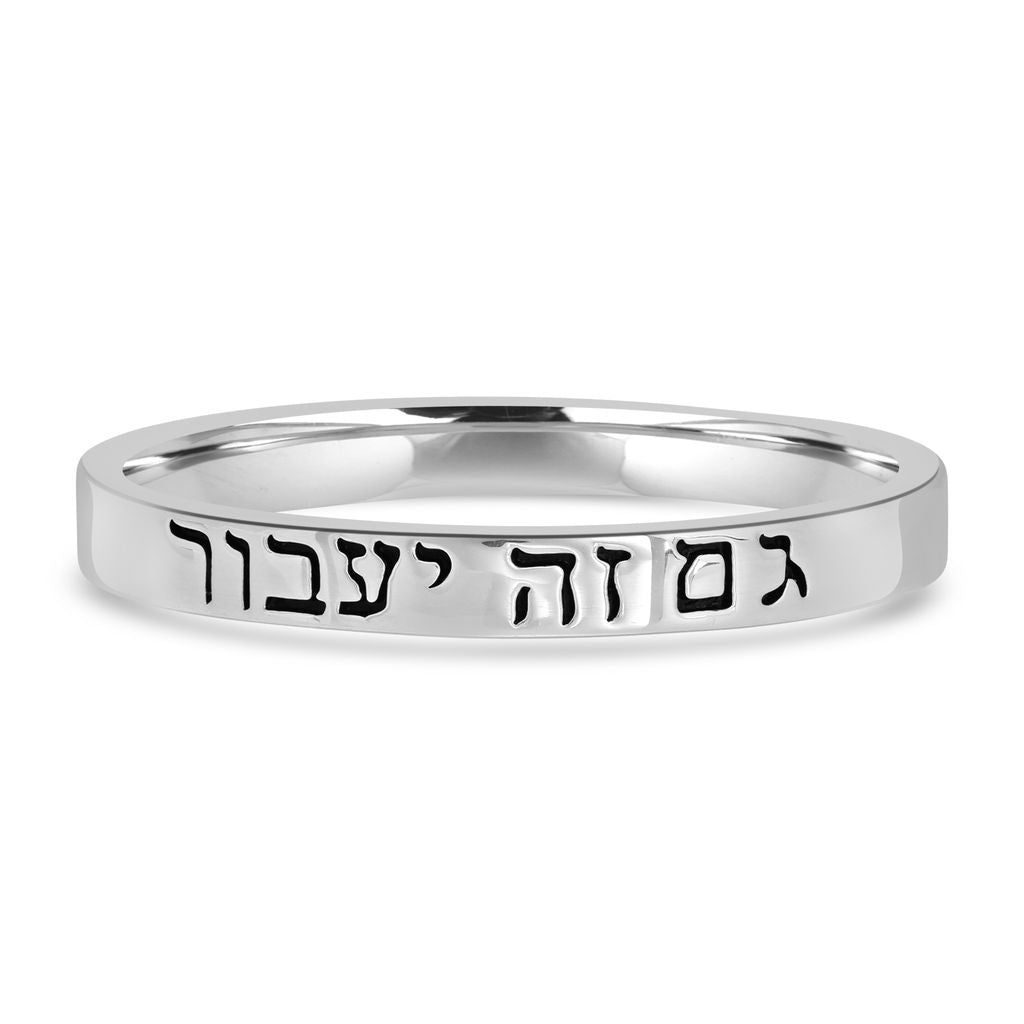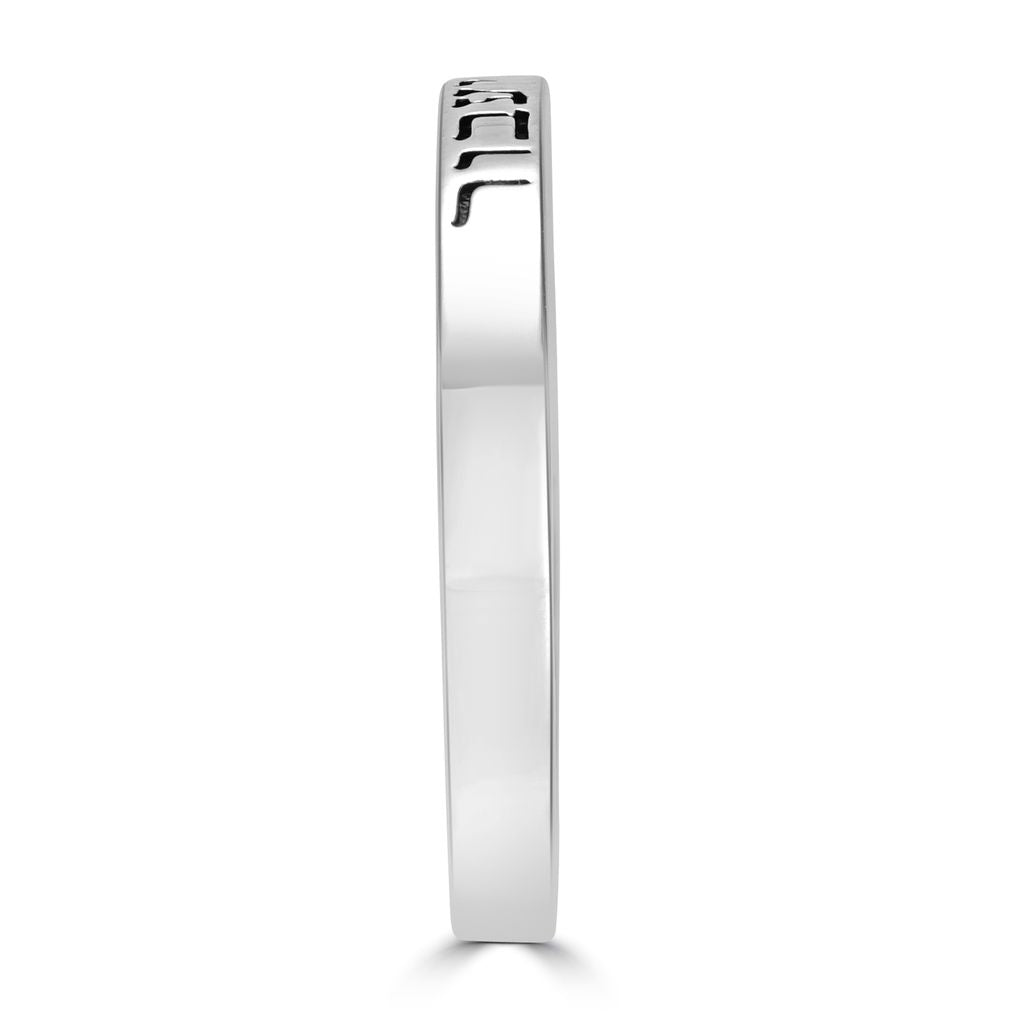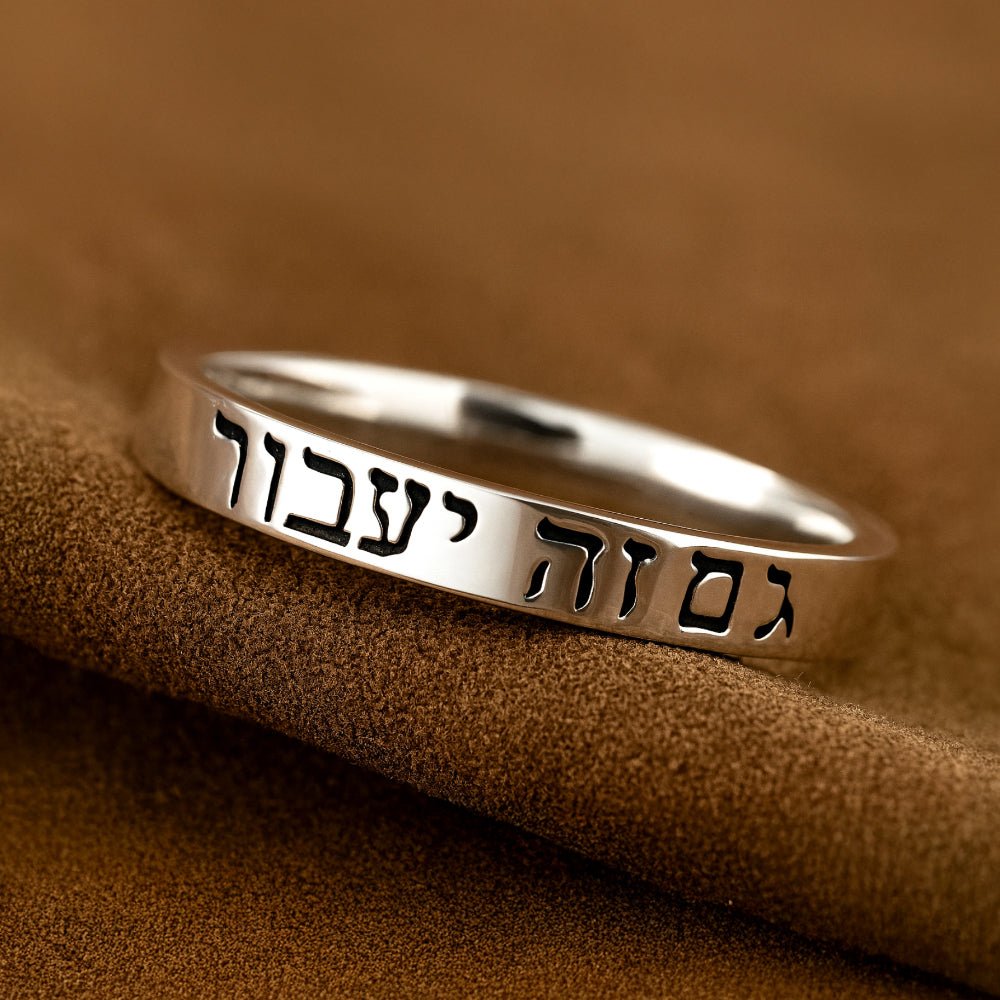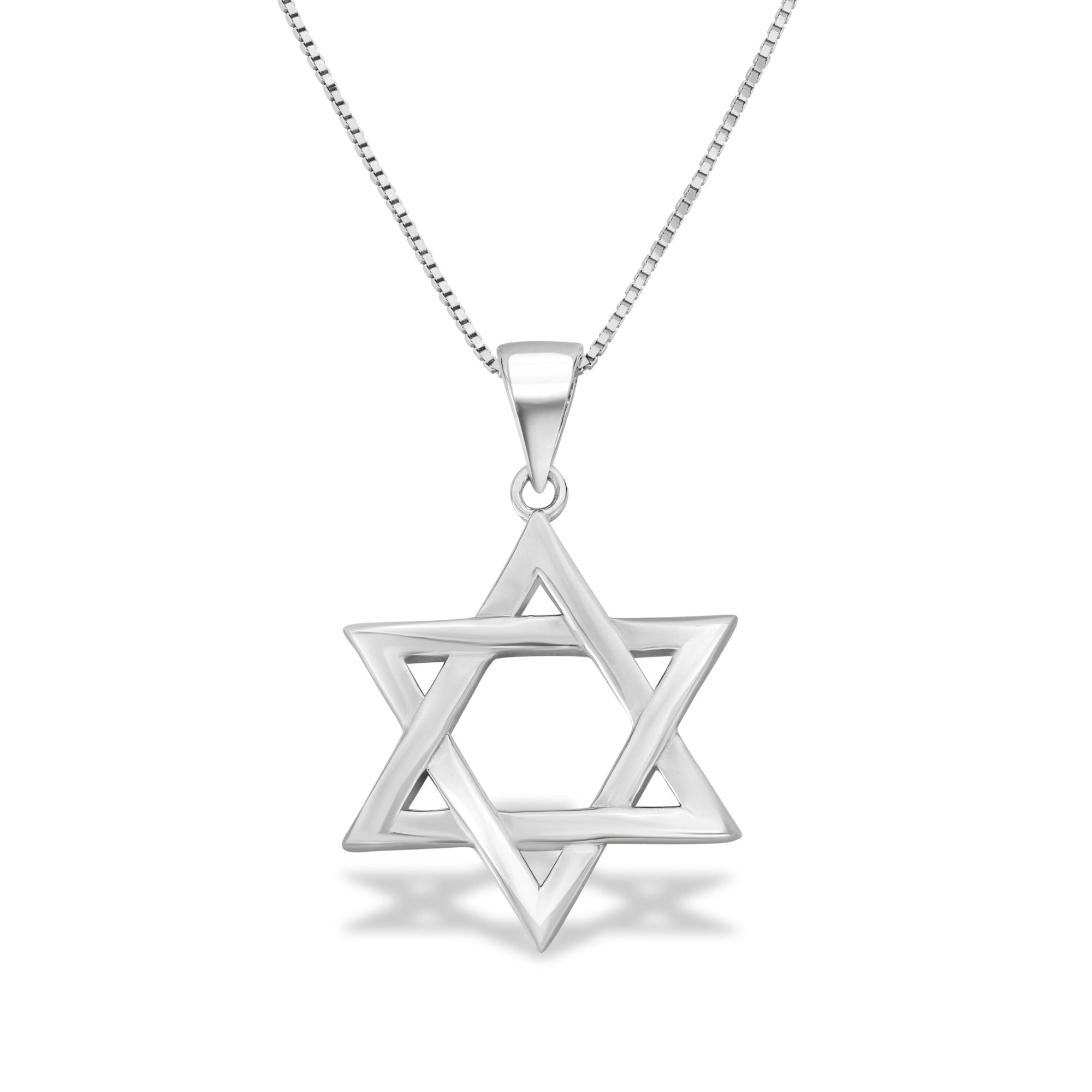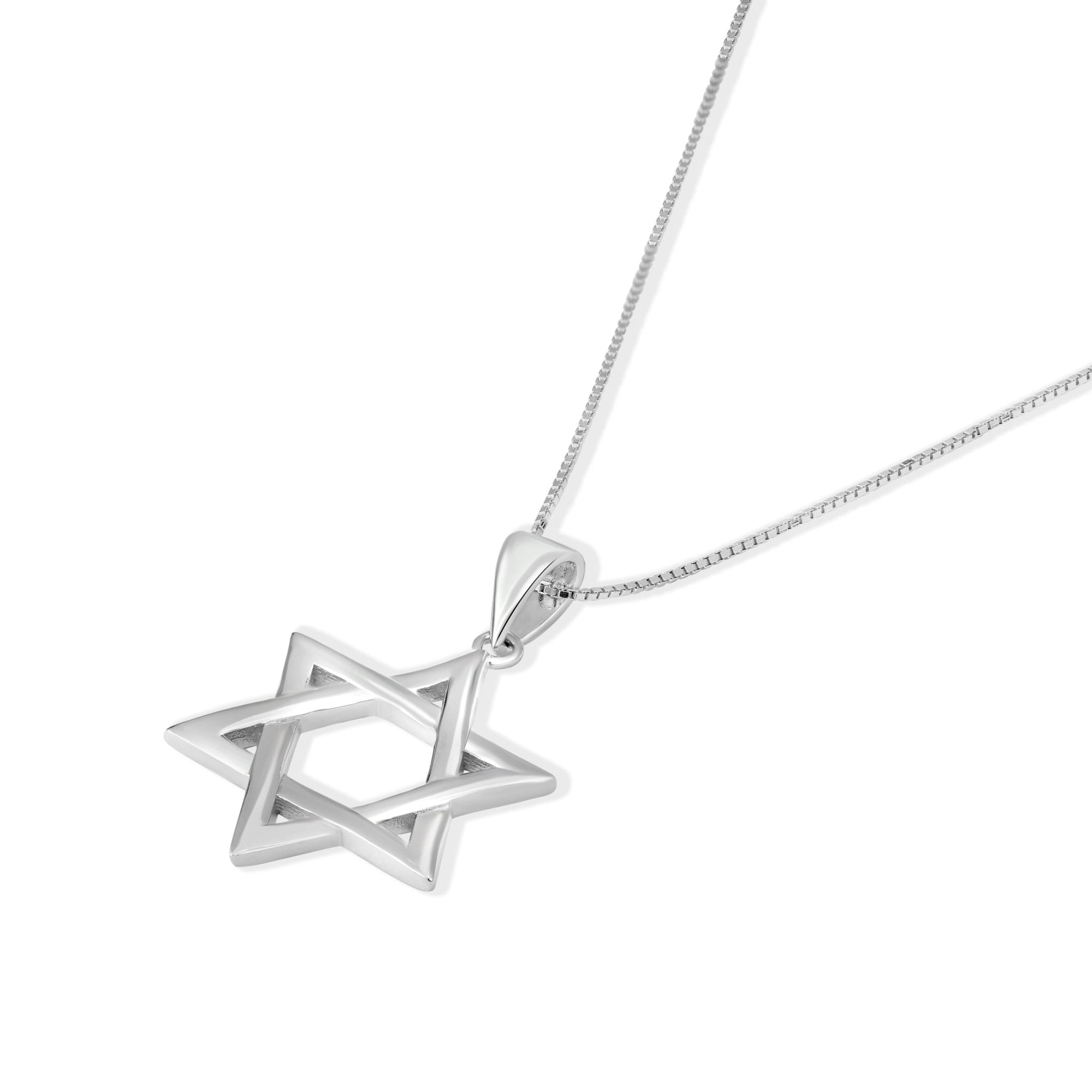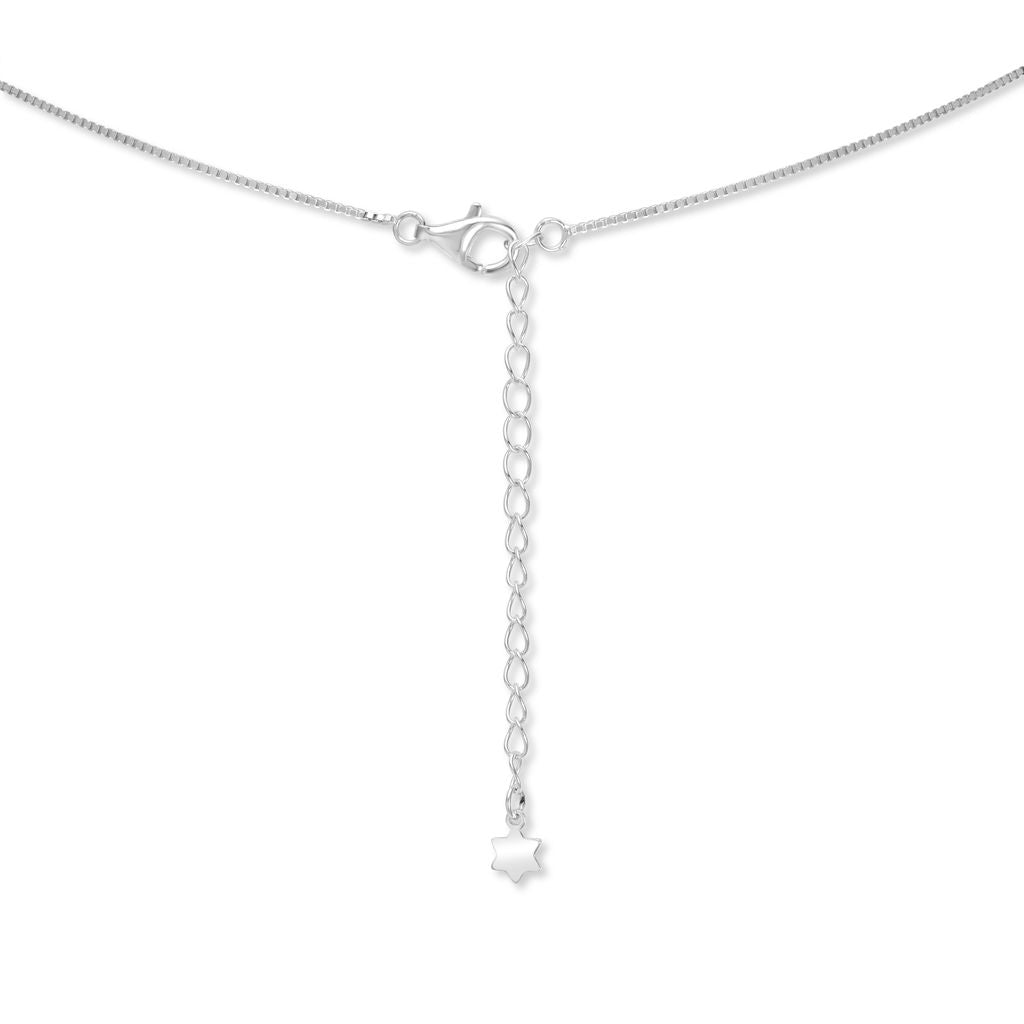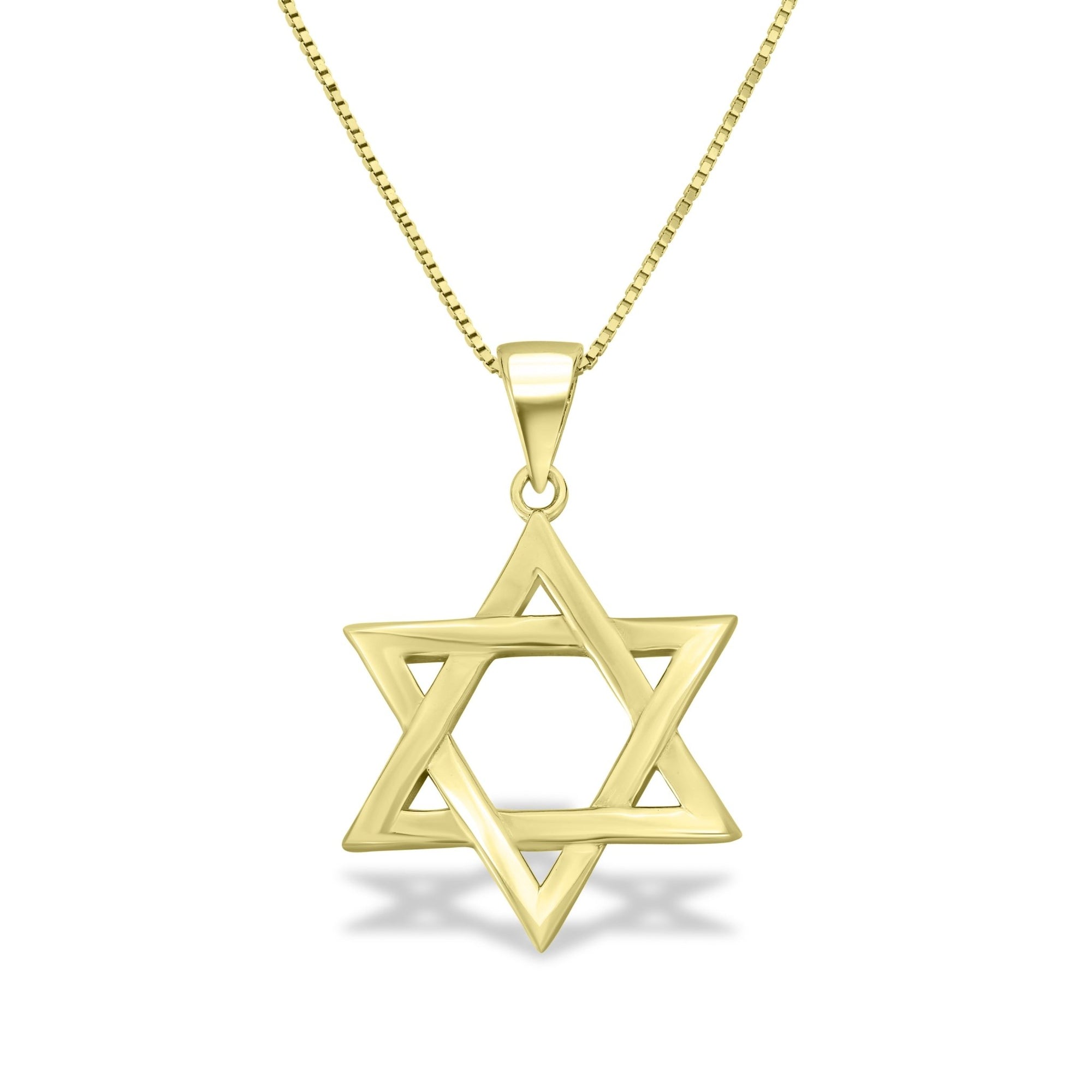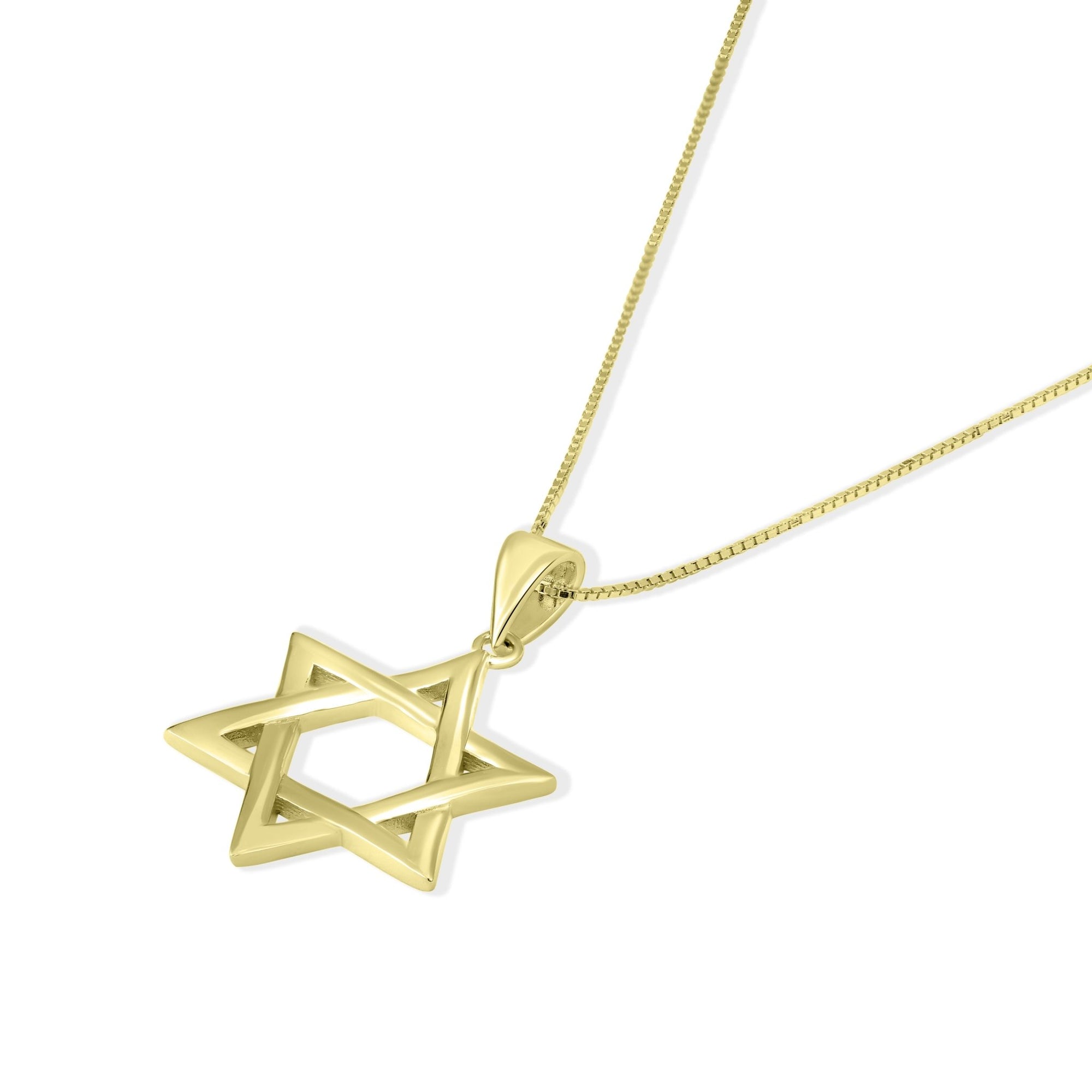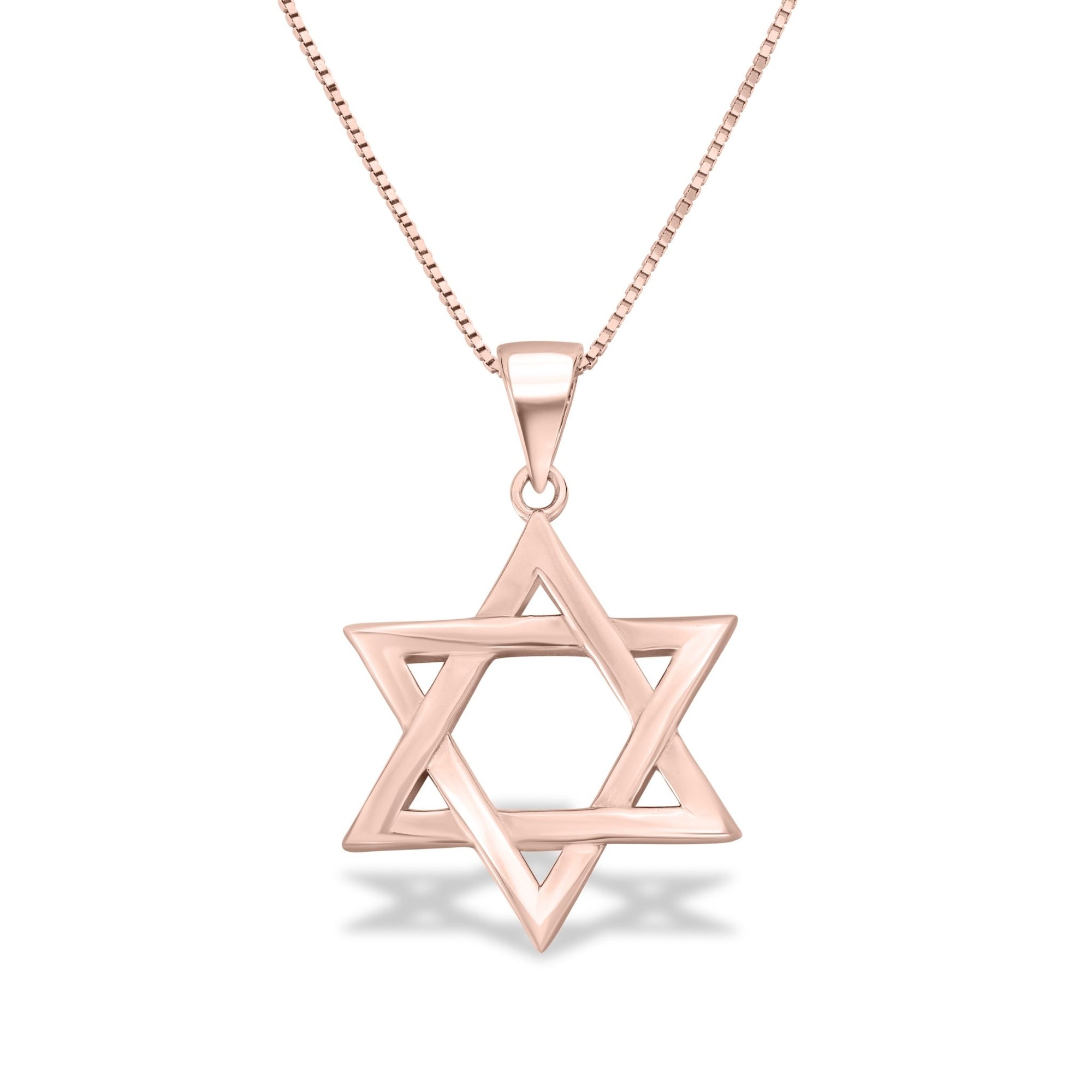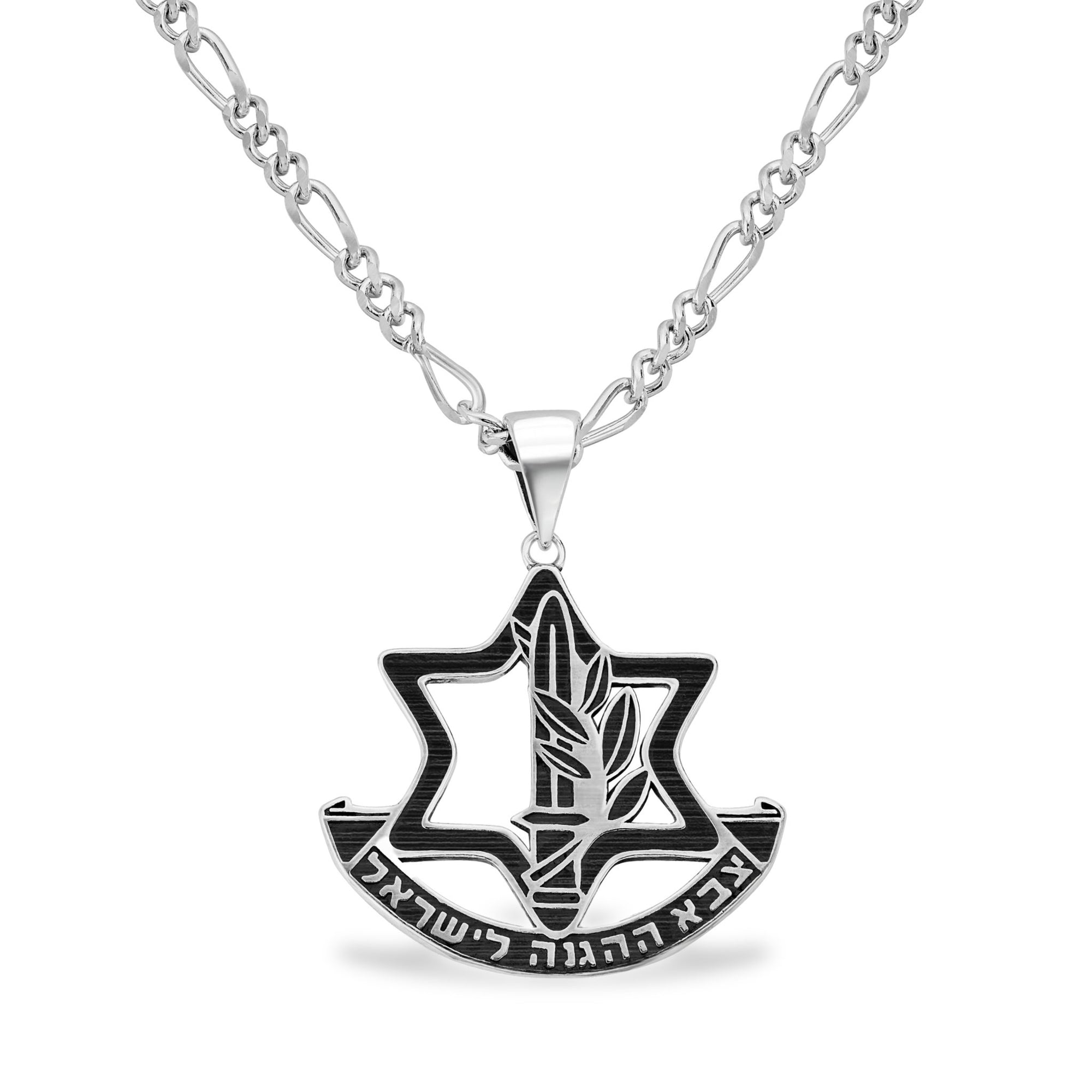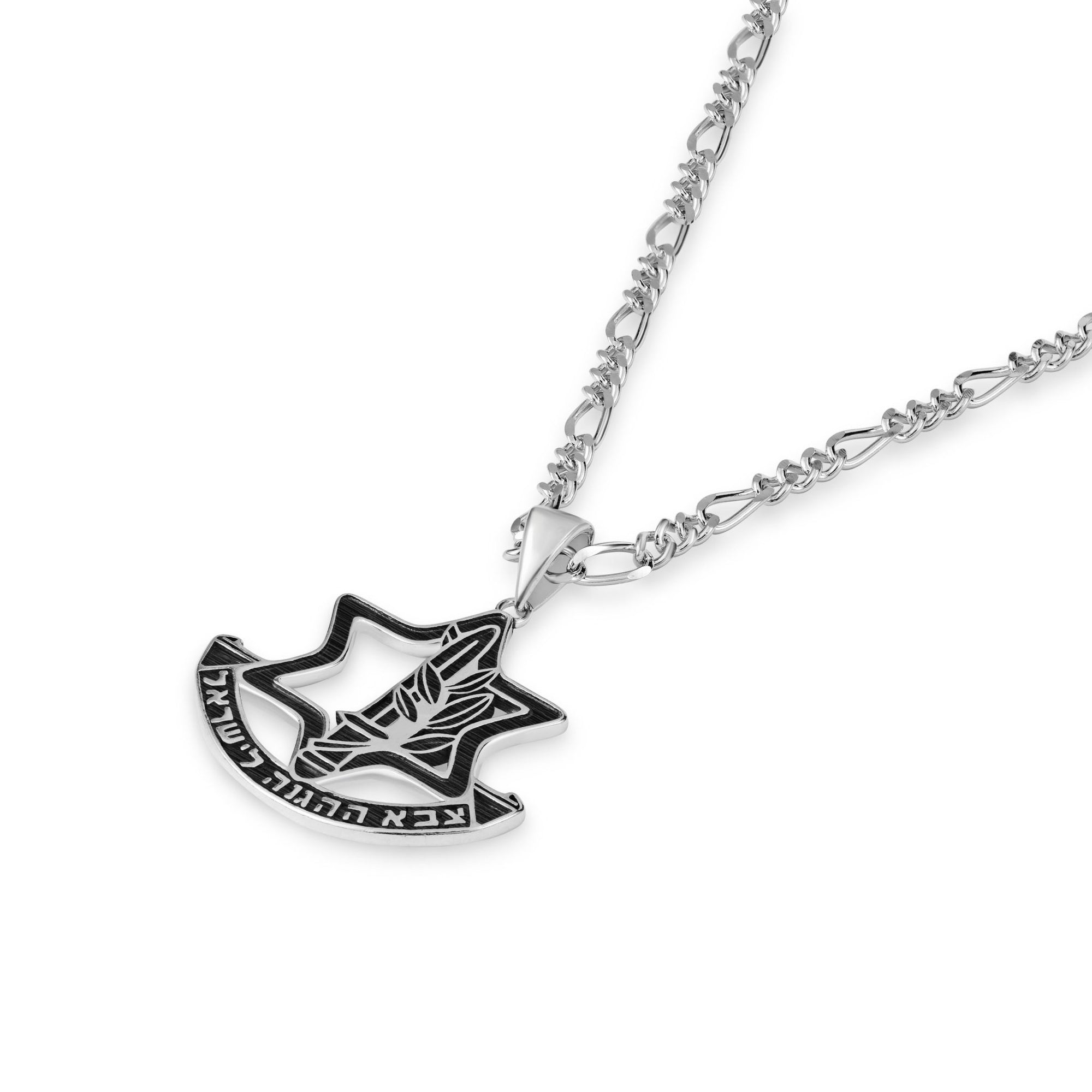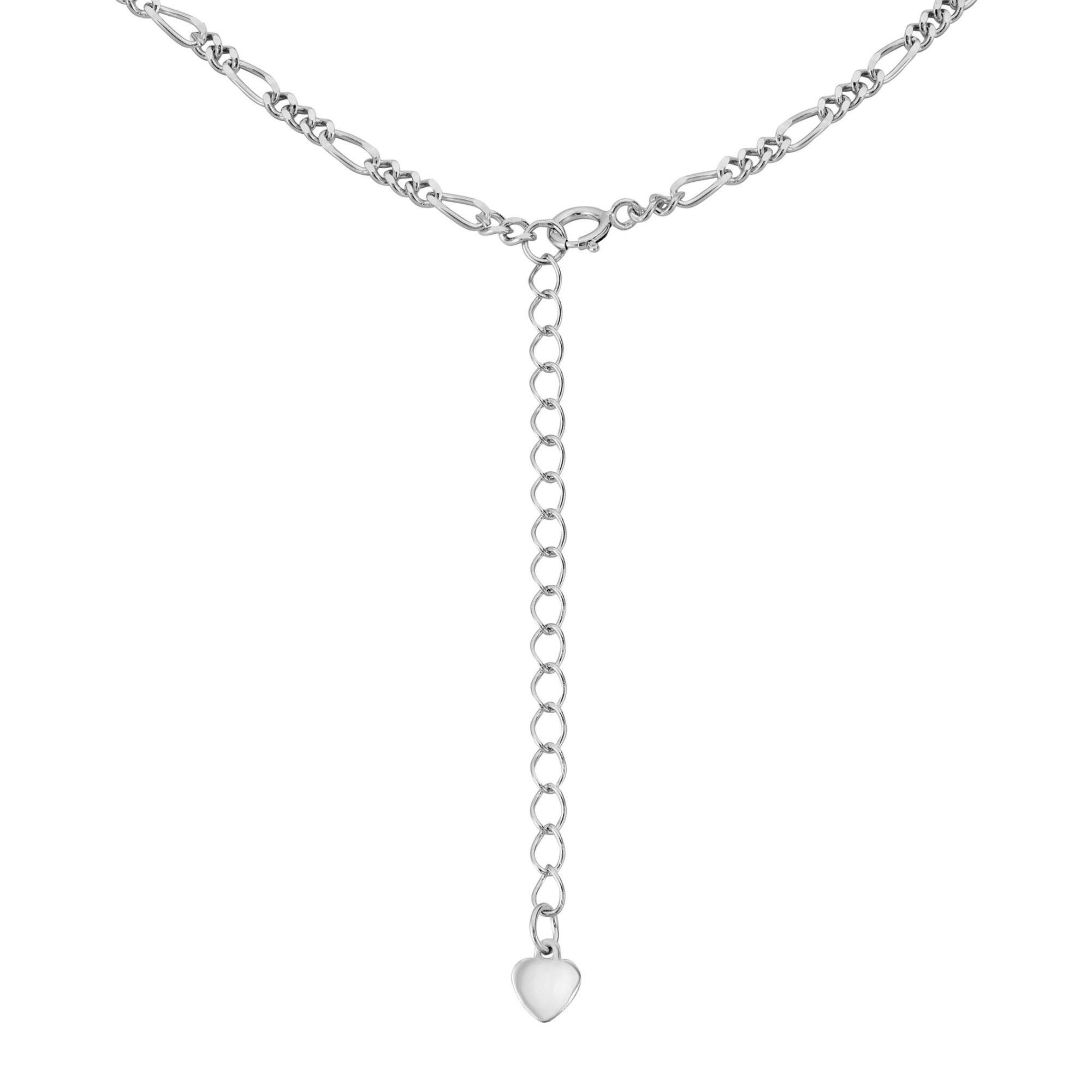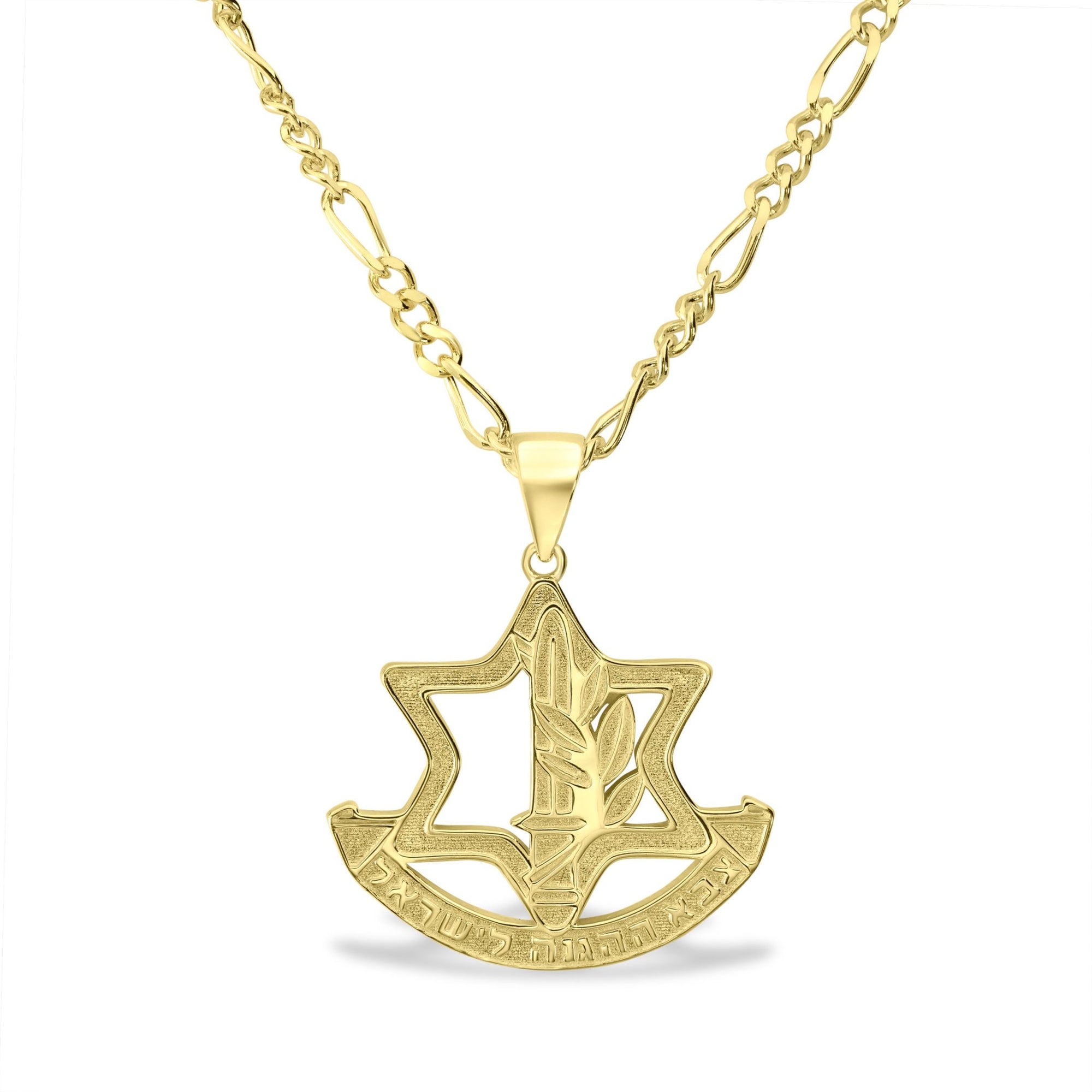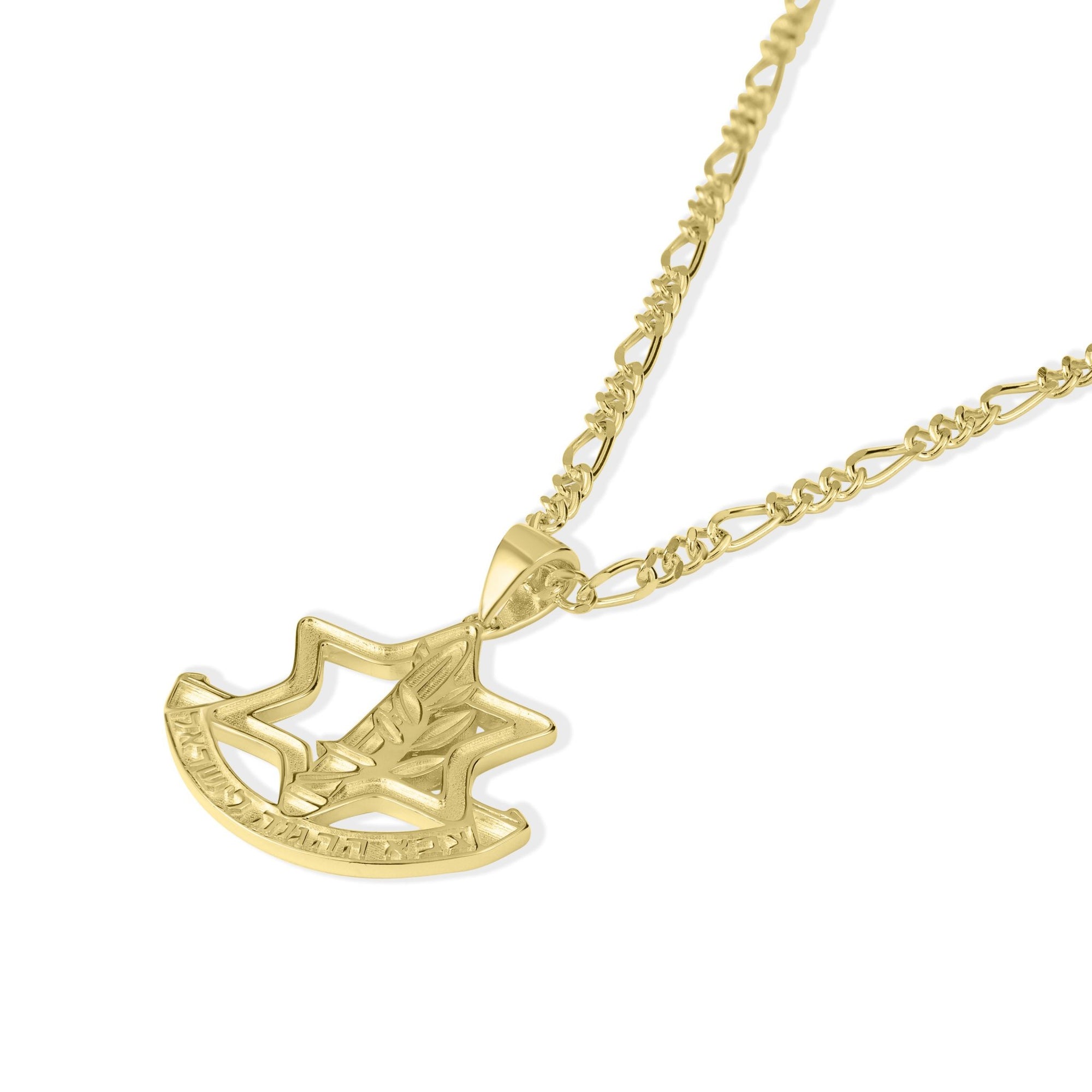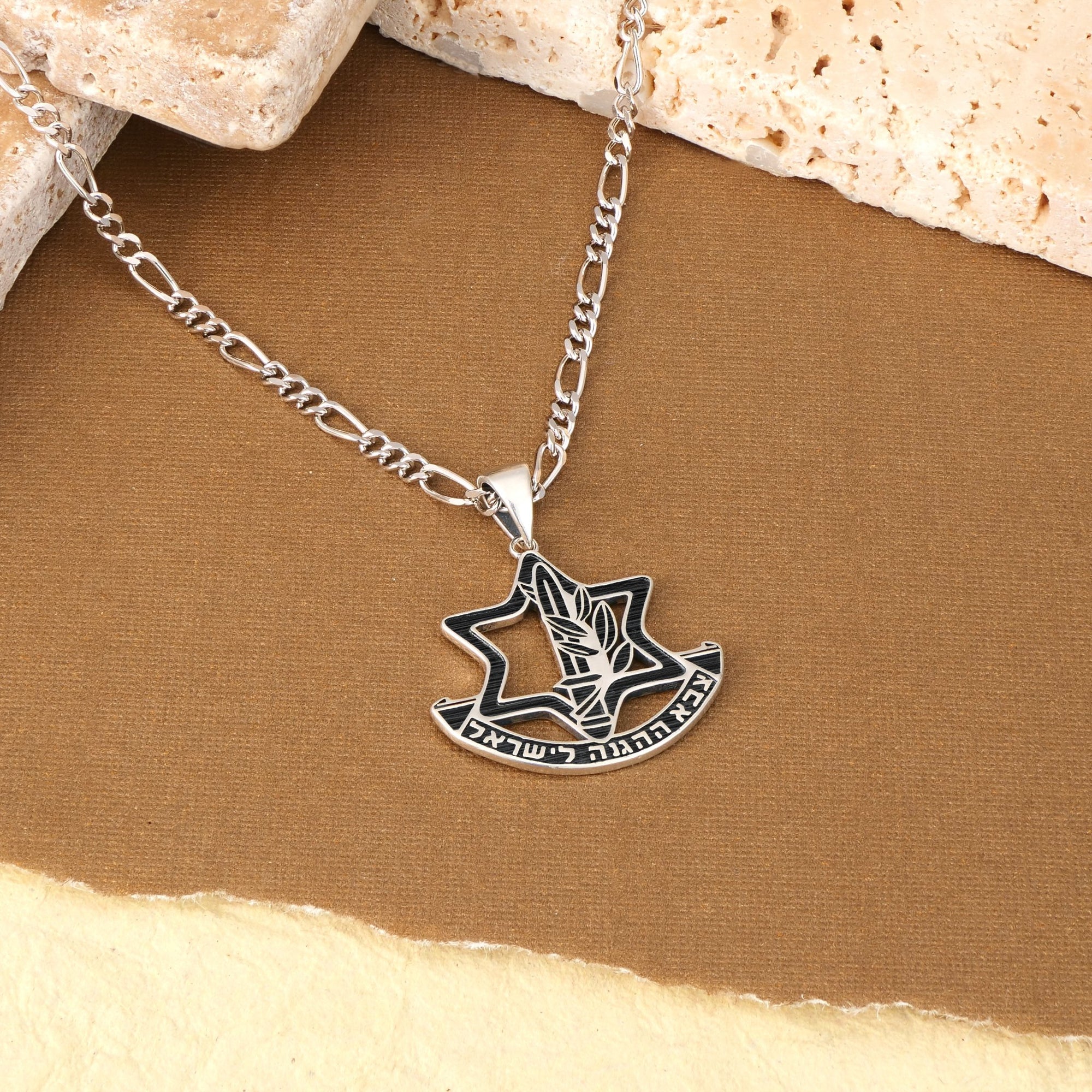An Ancient Horn’s Modern Echo
The shofar, an ancient ram’s horn trumpet, occupies a unique and sacred space within Jewish religious practice, particularly during the High Holy Days of Rosh Hashanah and Yom Kippur. Its sound, rich in biblical symbolism and spiritual significance, serves both as a call to repentance and a profound expression of divine sovereignty. Beyond its ritual purpose, the shofar has evolved into a cherished icon within Jewish holiday merchandise, embodying cultural heritage and spiritual awakening. This narrative explores the shofar’s deep roots in Jewish history, its ritual functions, symbolic meanings, diverse craftsmanship, and integral role within the contemporary landscape of Jewish holiday merchandise.
Origins and Historical Journey of the Shofar

What are the biblical origins and historical development of the shofar in Judaism?
The shofar holds a profound place in Jewish history and religious practice, with its roots firmly established in the Hebrew Bible. It is most notably mentioned during the giving of the Torah at Mount Sinai, where its loud blasts signified divine revelation to the Israelites (Exodus 19:16). Throughout biblical times, the shofar was used to announce the new moon, herald the Jubilee year, and was a crucial instrument in calling the people to action during national crises or war.
Biblical references such as Leviticus 23:24 and Numbers 29:1 highlight its role in sacred festivals, especially Rosh Hashanah, known as the Feast of Trumpets. The signal of the shofar was also significant in biblical battles, such as the fall of Jericho, where its sound contributed to the miraculous conquest by the Israelites.
Across centuries, the use of the shofar transitioned from a straightforward military and ceremonial instrument to a central element in Jewish liturgy. It became a spiritual symbol representing divine sovereignty, mercy, and the call for repentance. The stories of biblical heroes like Gideon blowing the shofar to rally his troops and the shofar’s role in the destruction of enemies underscore its importance in Jewish collective memory.
In post-biblical history, the shofar maintained its religious significance, especially during the High Holy Days, where it awakens the conscience and prompts spiritual reflection. It was also secretly sounded during times of persecution, such as in the Holocaust and during the Israeli independence war, symbolizing resilience and faith (Pivotal shofar blasts throughout Jewish history).
Today, the shofar continues to serve as a bridge connecting biblical traditions with contemporary spiritual life, embodying themes of divine intervention, renewal, and hope. Its evolution from a primitive horn to a revered ritual object underscores its enduring legacy in Jewish history and collective identity.
The Shofar’s Symbolism: Divine Sovereignty, Repentance, and Redemption

What is the significance and symbolic meaning of the shofar in Jewish religious and cultural traditions?
The shofar holds deep symbolic significance in Jewish religious and cultural traditions, serving as a powerful reminder of God's kingship and the renewal of the covenant between God and the Jewish people. Its sound evokes the Revelation at Sinai, calling Jews to repentance, spiritual awakening, and moral reflection, especially during the High Holy Days of Rosh Hashanah and Yom Kippur.
The different blasts of the shofar—Tekiah, Shevarim, and Teruah—represent themes such as divine sovereignty, heartfelt sorrow, and awakening from spiritual slumber, encouraging repentance and humility.
Historically, the shofar also symbolized the coronation of God as King, the rebuilding of the Temple, and the hope for redemption and the coming of the Messiah (shofar and messianic symbolism).
Overall, it embodies themes of divine majesty, judgment, and hope, inspiring Jews to reaffirm their faith and strive for moral and spiritual renewal.
What is the significance of the shofar in conveying religious messages such as God's sovereignty and calls for repentance?
The shofar holds profound significance in conveying key religious messages, symbolizing God's sovereignty and kingship, as its blasts resemble royal trumpets that proclaim divine authority (shofar and God's sovereignty). Its sound evokes the memory of God's revelation at Mount Sinai, reminding worshippers of the covenant and the importance of Torah study and obedience.
During Rosh Hashanah and Yom Kippur, the shofar serves as a call to repentance, spiritual awakening, and self-reflection, urging believers to correct their ways and renew their commitments to God. Additionally, its different sounds—tekiah, shevarim, and teruah—carry layered meanings of joy, remorse, and distress, emphasizing the need for humility and repentance (shofar blasts meanings).
Ultimately, the shofar functions as a divine call to action, inspiring hope, faith, and readiness for both judgment and redemption, symbolizing divine presence, judgment, and the anticipation of messianic salvation (shofar as a call to repentance and redemption).
The Central Role of the Shofar in Jewish Holiday Observances

The shofar holds a vital place in Jewish religious observance, especially during the High Holy Days of Rosh Hashanah and Yom Kippur. Its blasts are not only a call to spiritual awakening but also a symbolic proclamation of God's kingship and divine sovereignty. During Rosh Hashanah, the Jewish New Year, the shofar is sounded with specific sequences—most notably Tekiah (a long, resonant blast), Shevarim (three short sobbing sounds), and Teruah (a series of quick, staccato bursts). These sounds represent various emotional states: alertness, remorse, and hope, respectively. The final blast, Tekiah Gedolah, is a prolonged sound signaling closure and renewal. These blasts are integrated into the synagogue service during the morning prayers, particularly after the Torah reading and before the Musaf prayer. The custom of blowing the shofar is rooted in biblical commandments and historical events, including the revelation at Mount Sinai, the story of Jericho's fall, and the near-sacrifice of Isaac, all of which emphasize divine proximity, judgment, and mercy.
During Yom Kippur, the shofar’s sound marks the culmination of the ten-day period of repentance. It signifies divine acceptance of penitence and signals the closing of the spiritual judgment period. The final powerful blast, Tekiah Gedolah, symbolizes hope for divine mercy and the renewal of the community's spiritual state. Beyond its role in individual and communal worship, the shofar historically served as a tool for gathering people for prayer, heralding important events, and inspiring collective remembrance of divine acts (shofar history and tradition).
Overall, the sound and timing of the shofar are carefully prescribed to reinforce the themes of kingship, prophecy, and redemption inherent in the holidays. Its blasts serve as a spiritual wake-up call, urging believers to reflect on their actions, renew their commitment to divine commandments, and anticipate future redemption. This ancient instrument continues to carry profound emotional and spiritual significance, connecting contemporary Jewish practice with the biblical and historical roots of their faith.
Craftsmanship and Varieties of the Shofar
The shofar, a sacred instrument in Jewish tradition, involves a meticulous crafting process rooted in ancient methods. Traditionally, artisans begin by selecting horns from kosher animals, predominantly rams, which are hollowed out carefully by removing the bone inside to ensure a clear, resonant sound. The horn is then shaped, smoothed, and polished, with attention paid to its natural curvature and size, all while ensuring it remains compliant with religious laws (shofar making process, shofar horn types, Materials used for shofar).
Various types of shofars are used across different Jewish communities, each with distinctive features and traditional significance. For instance, Sephardic Jews often prefer straight, low-pitched shofars made from ram's horns, which produce a deep, resonant tone suitable for their liturgical style. Yemenite Jews favor long, spiral-shaped horns from kudu antelopes, valued for their loud, piercing sound and unique appearance. Iraqi and some North African communities have also developed specific styles, such as decorated or flat-shaped shofars, which are often embellished with carvings or metals (types of shofars, ram's horn shofar, Yemenite kudu shofar, shofar animal species and shapes).
The material and shape of the shofar influence not just the sound but also its symbolic meaning. Larger horns generally create deeper sounds, associated with strength and majesty, while smaller horns might produce sharper, more shrill tones used in specific ritual contexts. These variations reflect the rich cultural tapestry within Jewish history, where each community’s craftsmanship preserves their unique tradition and spiritual symbolism (shofar symbolism, shofar blasts meanings, shofar spiritual significance).
Ensuring quality craftsmanship is crucial, as the shofar must suit both aesthetic and ritual standards. A well-made shofar is free of cracks or coatings that could invalidate its use during important holidays like Rosh Hashanah. Certified artisans often take pride in creating shofars that not only meet halakhic requirements but also honor their cultural heritage, making the instrument both a spiritual tool and a piece of living art (kosher shofar requirements, shofar halakhic preferences, shofar making process).
For those interested in exploring further, the search term "Shofar crafting techniques and types" provides detailed insights into the specific methods, tools, and regional differences that shape these historic instruments, continuing a tradition that has endured for thousands of years (shofar history and tradition, shofar origins, shofar making and symbolism).
The Shofar’s Traditional and Contemporary Uses Beyond Ritual
In what traditional and modern ways is the shofar used in Jewish rituals and ceremonies?
Traditionally, the shofar holds a central role during the High Holy Days, particularly Rosh Hashanah and Yom Kippur. It is blown during prayer services to fulfill the biblical commandment and serves as a spiritual wake-up call to encourage repentance and divine reflection. The shofar's blasts—tekiah, shevarim, teruah, and tekiah gedolah—are performed during specific points in the synagogue service, often around 100 times during Rosh Hashanah, symbolizing awakening, remorse, and hope.
Historically, the shofar was used in biblical times for various purposes including announcing the new moon, heralding the Jubilee year, and signaling in warfare or emergencies. Its sound at Mount Sinai marked the divine revelation of the Torah, and its use in battles, like the fall of Jericho, emphasizes its role as a call to action and divine protection.
In contemporary practice, the shofar extends beyond strictly religious contexts. It is employed in educational programs to teach about Jewish history and spirituality, especially around the New Year. Moreover, it appears at public and national events, symbolizing Jewish identity and resilience. Governments and organizations have used the shofar to commemorate national victories, such as during the Six-Day War, and to express cultural pride.
The sound of the shofar also inspires cultural and artistic performances, including concerts that blend tradition with modern music genres. Such uses reinforce tradition while making it accessible to wider audiences.
Furthermore, the shofar is part of various public campaigns encouraging Jews worldwide to participate in the mitzvah, including in hospitals, prisons, and public squares. These campaigns aim to maintain the spiritual importance of the shofar in daily life and across generations.
While its primary role remains deeply rooted in religious rituals, the shofar’s modern uses have expanded to encompass cultural, national, and educational activities. This evolution demonstrates its enduring significance as a symbol of faith, hope, and Jewish continuity in both traditional and contemporary settings.
The Shofar Within Jewish Holiday Merchandise and Cultural Expression

Inclusion of shofars in holiday gift and ceremonial item markets
Shofars are widely available in the Jewish holiday merchandise market, especially around Rosh Hashanah. They are sold as ceremonial gifts, home decorations, and ritual items, often made from ram's horns or other kosher animal horns. These shofars are crafted with care, sometimes decorated with silver, paint, or carvings, but only the natural, uncoated versions are considered fully kosher.
Many stores offer shofars of varying sizes and styles, from simple natural horns to highly ornate designs. Prices can range from about $18 for basic models to over $600 for artisanal, decorated, or antique-style shofars. Buying a handmade shofar, especially one sourced from Israel, allows families to incorporate this ancient Jewish horn tradition into their personal and communal prayers.
Symbolic representations in chocolates and decorative arts
In recent years, symbolic chocolate treats such as mini shofars have gained popularity as thoughtful Rosh Hashanah ceremonial items gifts. These edible symbols help reinforce the themes of teshuvah (repentance) and renewal while adding a sweet dimension to holiday celebrations. Studies show that gifts combining symbolism and taste tend to be more satisfying and memorable.
Decorative arts also feature shofar motifs, including ornaments shaped like horns, menorahs, and other holiday symbols. Handmade Jewish holiday ornaments—such as pomegranate or apple motifs—are crafted from natural materials, with some artistically incorporating shofar imagery to emphasize themes of awakening and divine sovereignty.
Cultural and educational significance of shofar-themed merchandise
Shofar-themed items serve an educational purpose, helping to teach children and new learners about its biblical and spiritual roots. Educational kits, books, and toys often include shofar images or replicas, fostering understanding of its significance in Jewish history, especially the stories of Sinai, Jericho, and the future messianic age (see shofar in biblical events).
Additionally, these items function as cultural connectors, celebrating Jewish identity through art, music, and tradition. The popularity of shofar merchandise underscores its role not only as a shofar and spiritual renewal religious artifact but also as a symbol of resilience, community, and spiritual awakening within Jewish culture.
Educating for Deeper Spiritual and Cultural Engagement with the Shofar

Understanding the shofar’s significance extends beyond the act of blowing it; it enriches one's appreciation of Jewish history, spirituality, and rituals. The shofar symbolizes divine communication, calling for repentance, humility, and renewal. It also echoes biblical stories such as the revelation at Mount Sinai, the fall of Jericho, and Isaac’s near-sacrifice—each emphasizing themes of divine mercy, sovereignty, and redemption.
Implementing educational strategies within Jewish communities is vital. Religious schools, community centers, and synagogue programs can incorporate lessons on the historical, biblical, and spiritual meanings of the shofar. Visual aids, storytelling, and hands-on crafting of shofars help deepen participants’ connection. Special emphasis can be placed on understanding the different blast sounds—Tekiah, Shevarim, Teruah—and their symbolic importance.
When individuals learn about the shofar’s role, it transforms ritual from mere tradition into a personal and communal act of faith. Knowledge encourages more mindful participation during Rosh Hashanah, Yom Kippur and other occasions. It also fosters a sense of continuity with centuries of Jewish practice and reinforces the spiritual purpose of each blast.
In sum, education about the shofar’s symbolism enhances personal observance and cultivates a communal sense of identity rooted in shared heritage. As community members understand its biblical roots and prophetic meanings, they connect more deeply with their faith, inspiring genuine reflection, devotion, and hope for redemption.
The Shofar: A Living Symbol of Faith and Culture
The shofar, far more than a mere ritual object, bridges millennia of Jewish history, spiritual longing, and cultural identity. Its resonating blasts echo biblical narratives, calling communities to repentance, reflection, and renewal each year during the High Holy Days. Crafted with care and cherished as sacred heritage, the shofar embodies themes of divine sovereignty, mercy, and hopeful redemption. Incorporated today not only in religious services but in holiday merchandise and educational initiatives, it remains a vibrant symbol that connects generations both in synagogue and at home. Through understanding and celebration of the shofar’s profound significance, Jewish communities worldwide honor their faith’s enduring rhythms and invoke a timeless call to spiritual awakening and unity.



